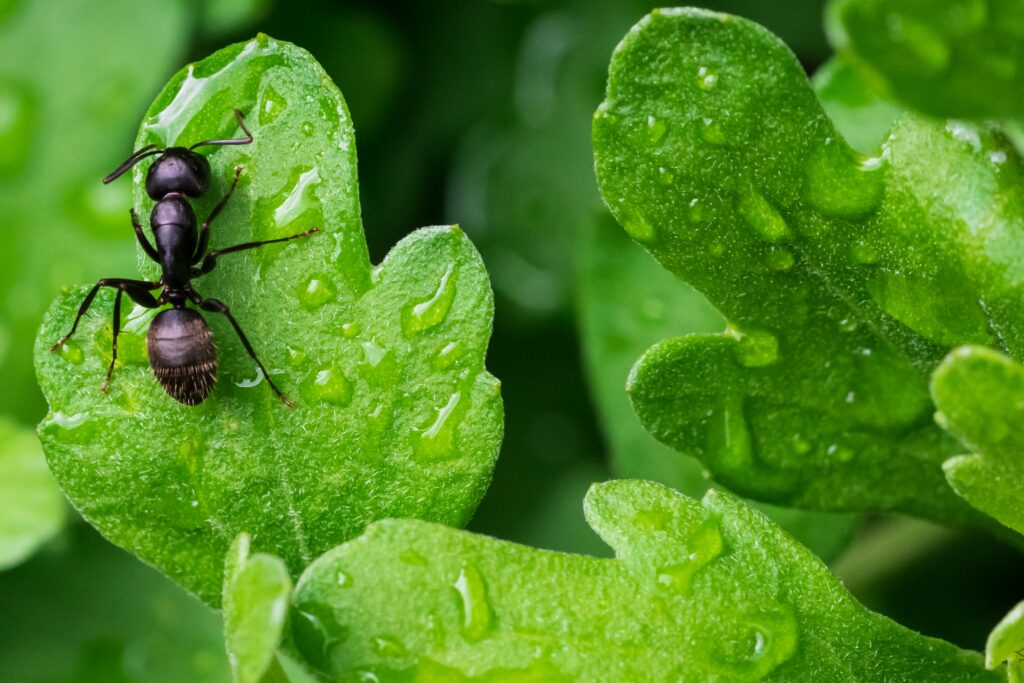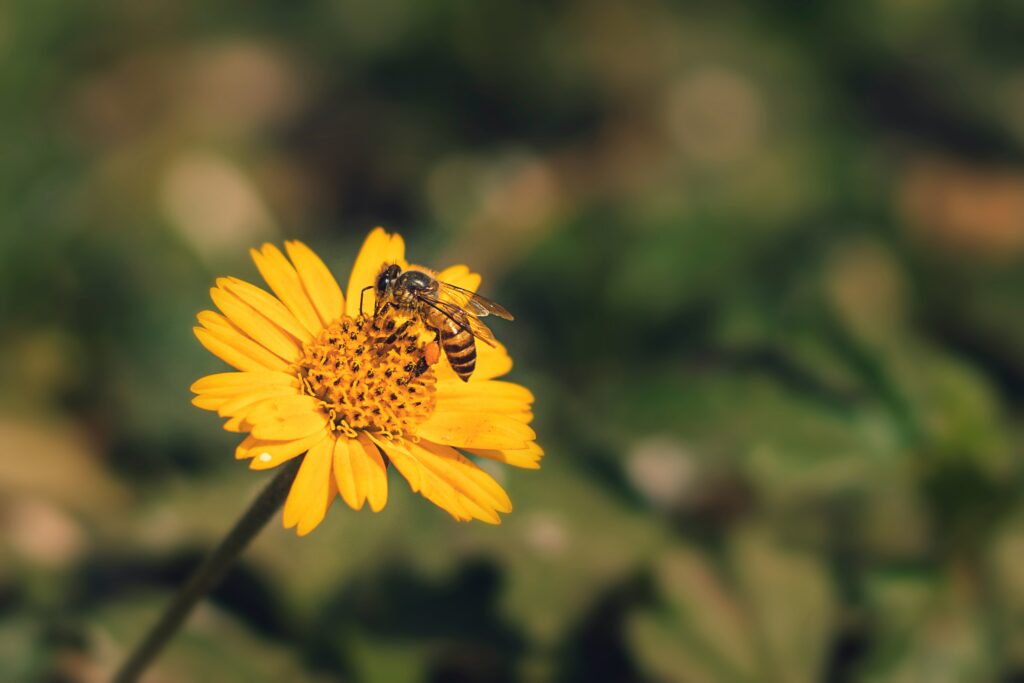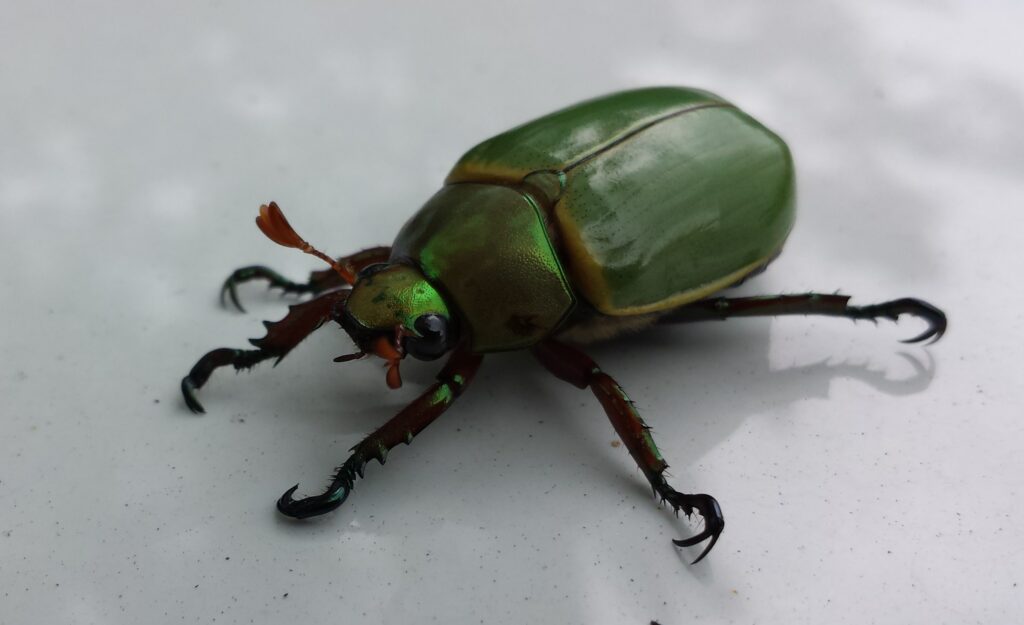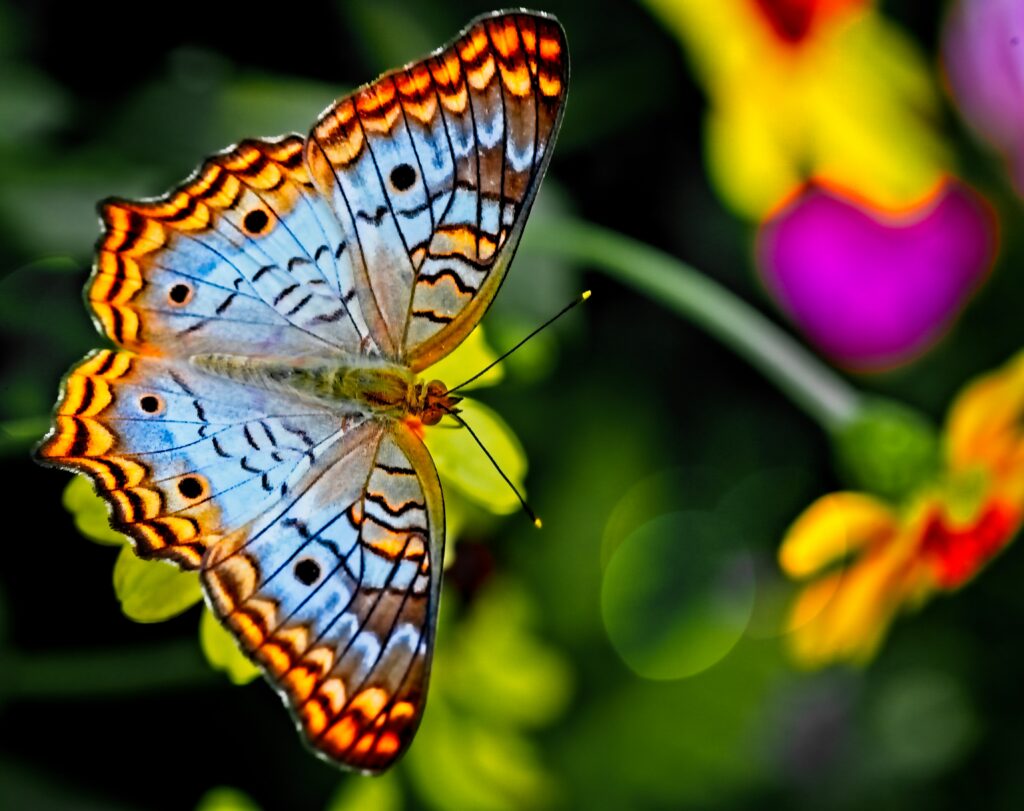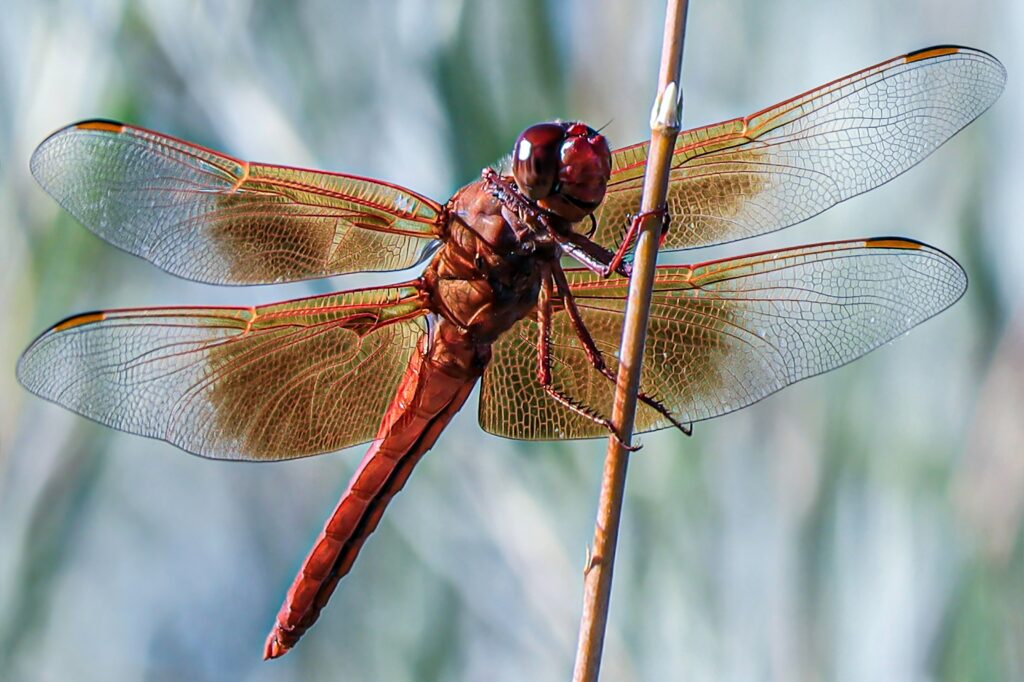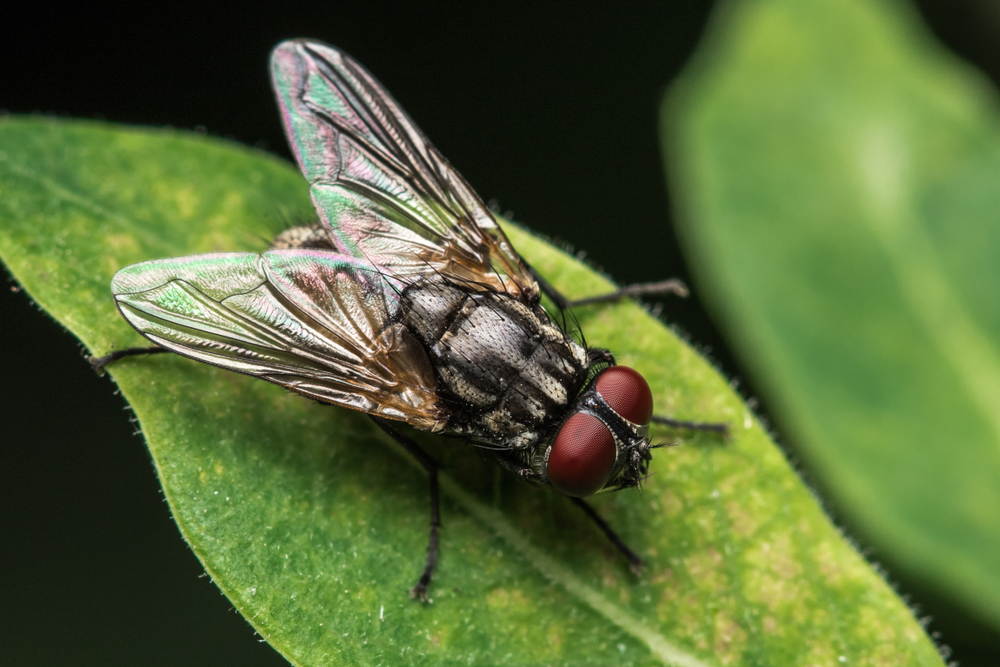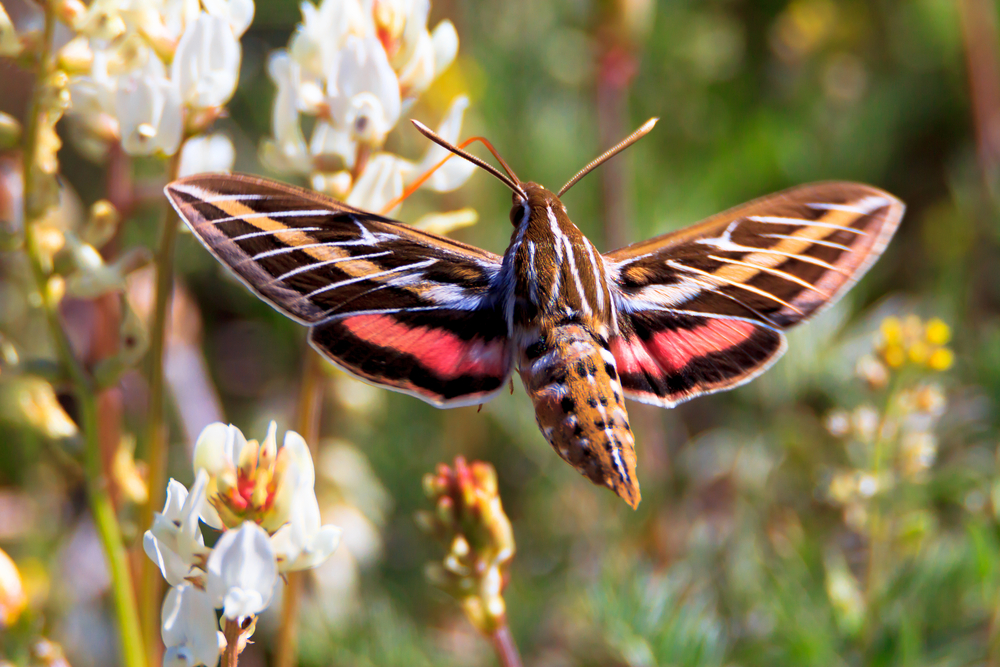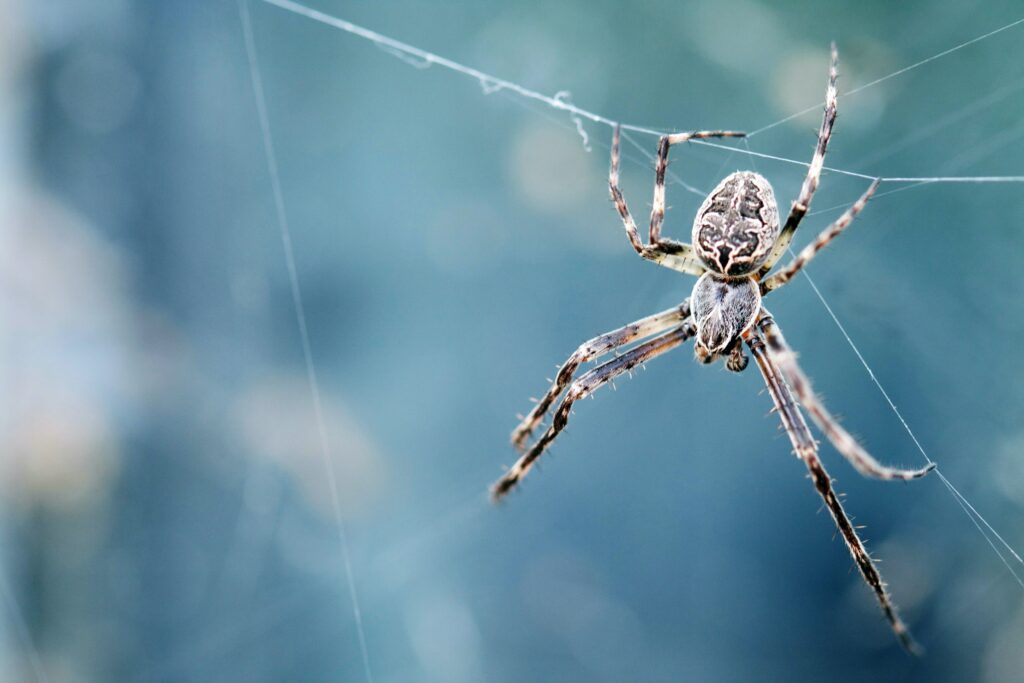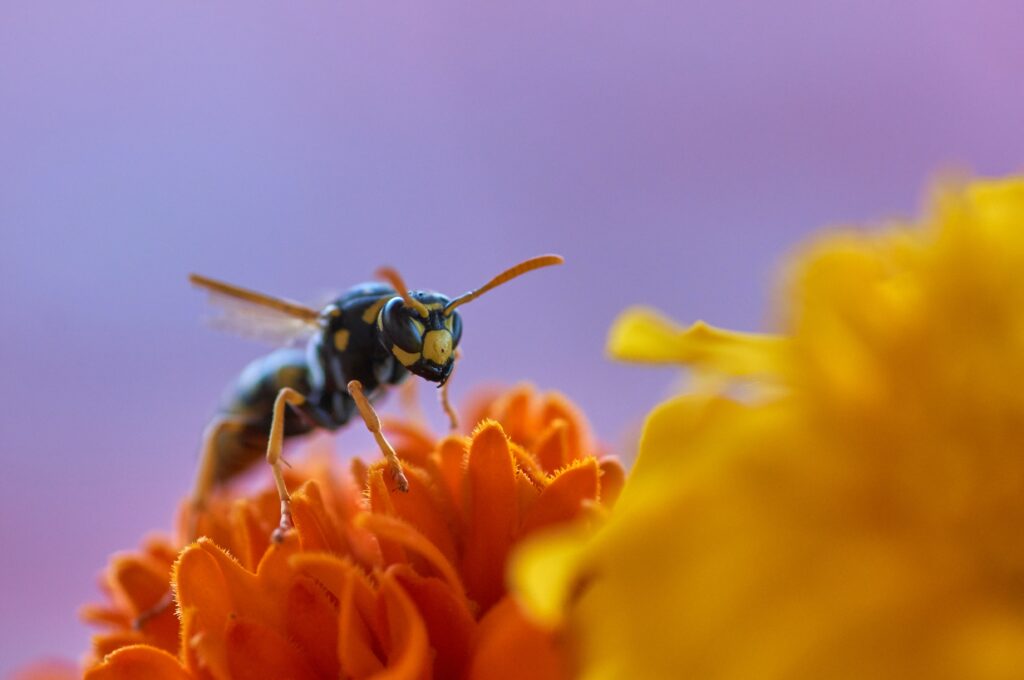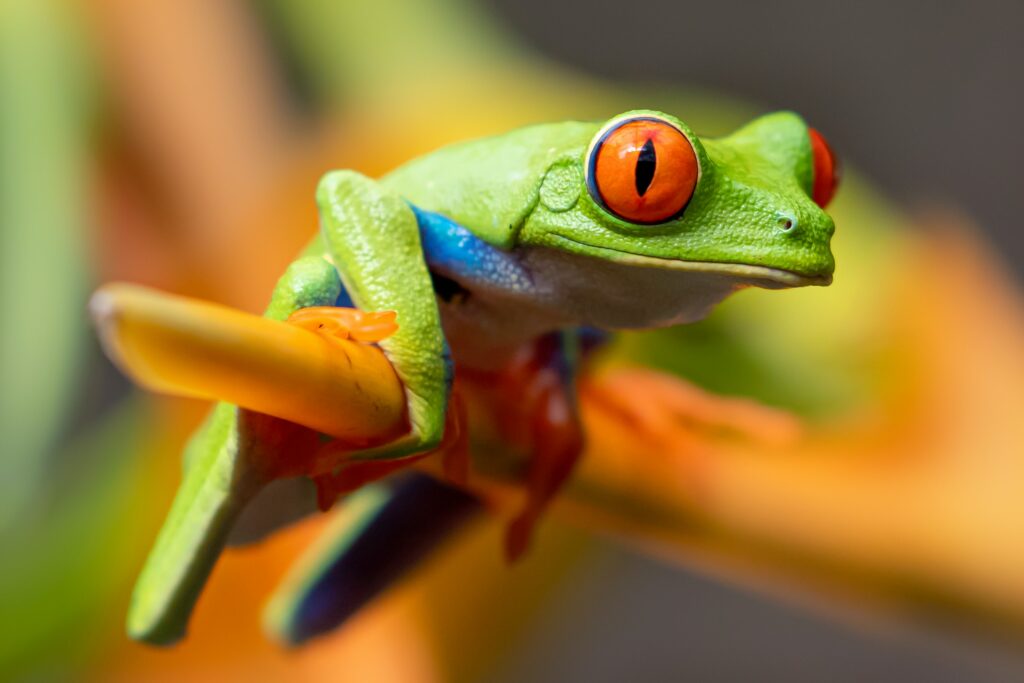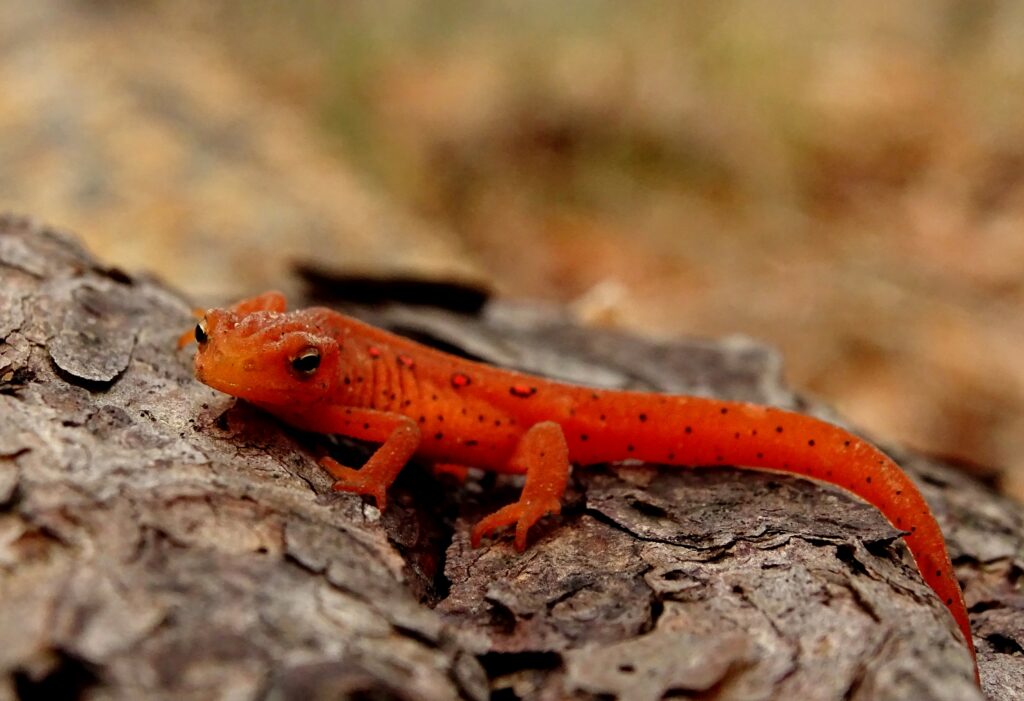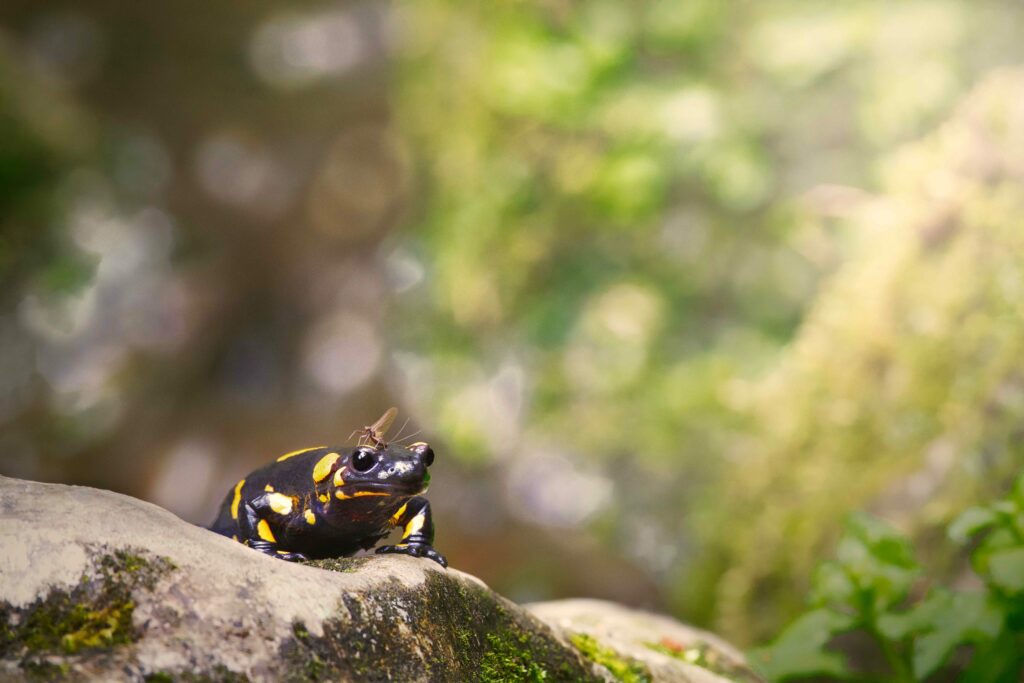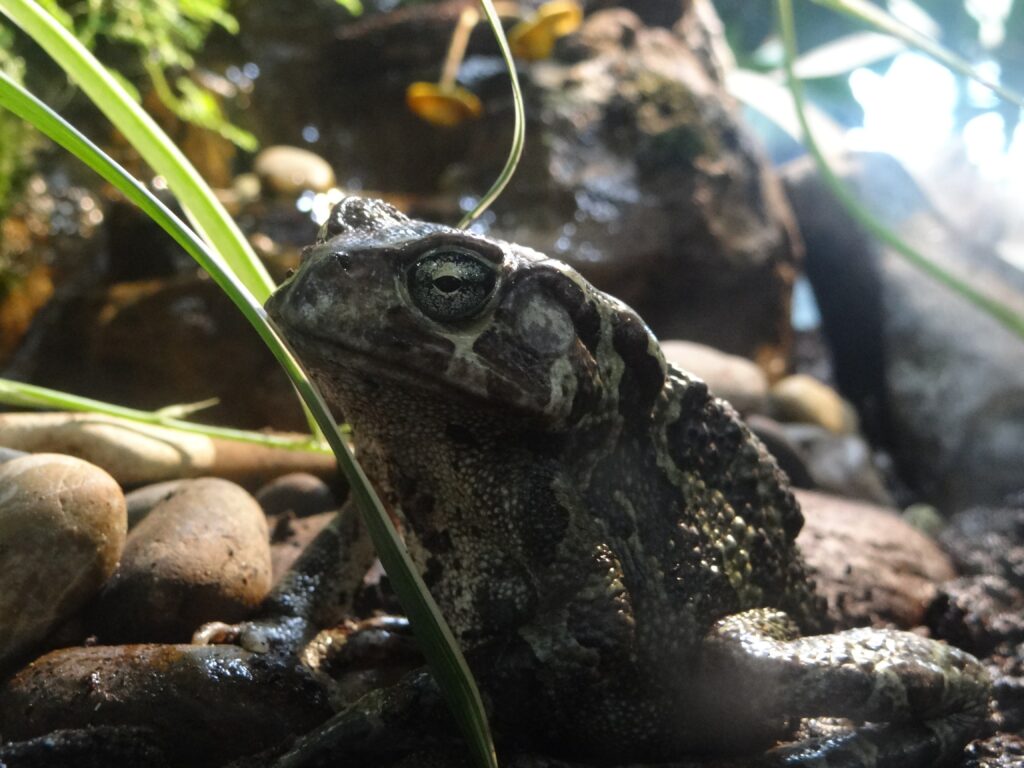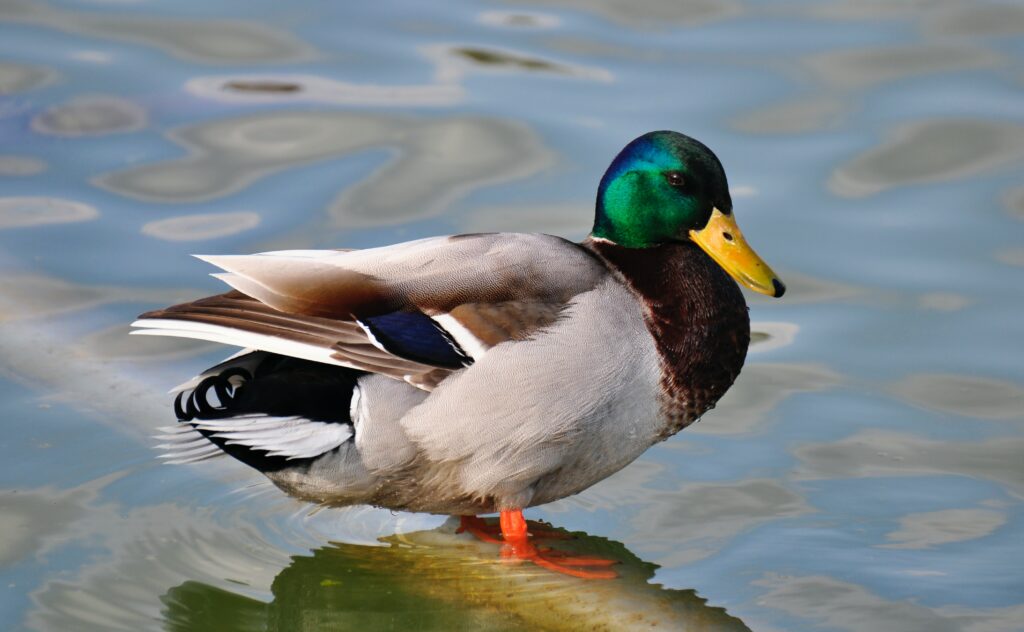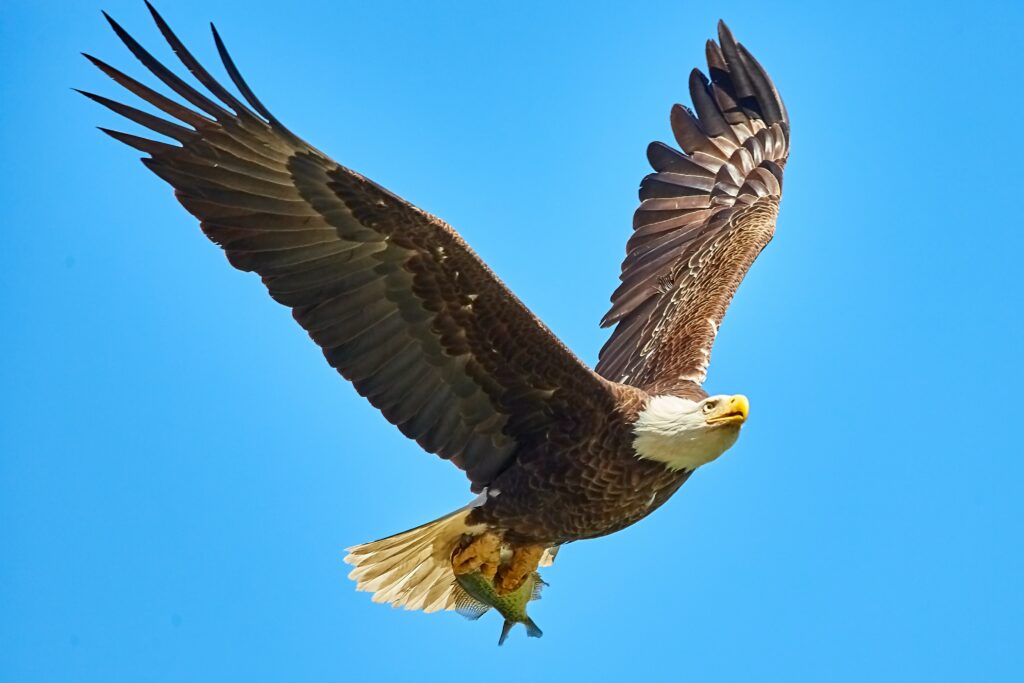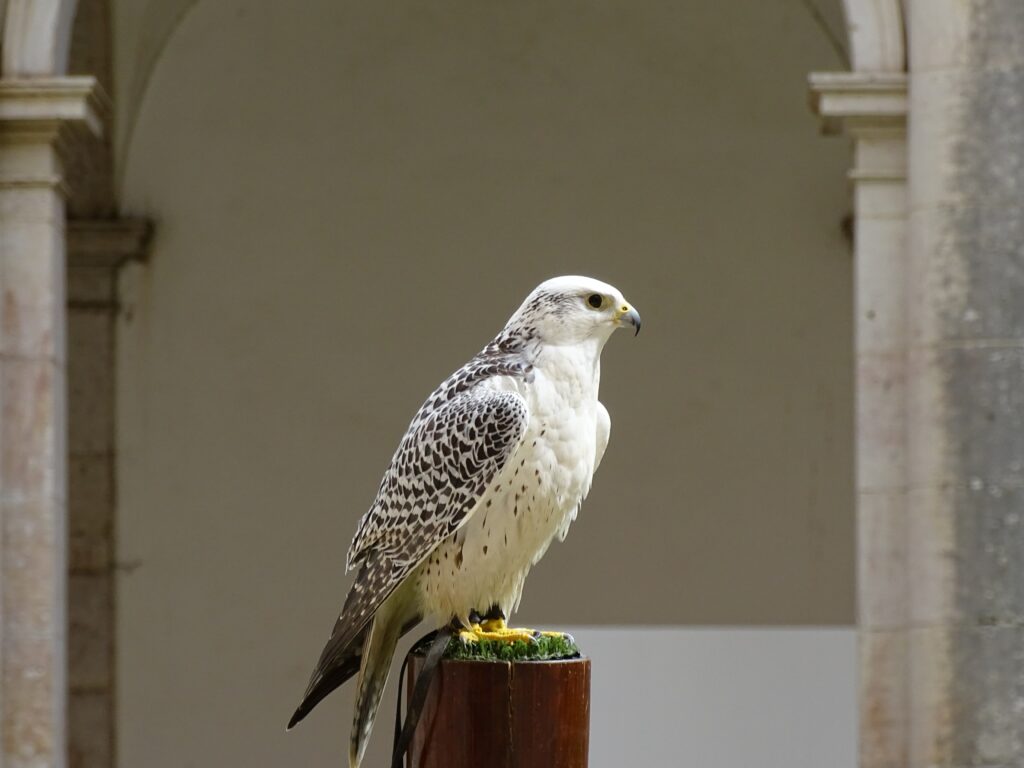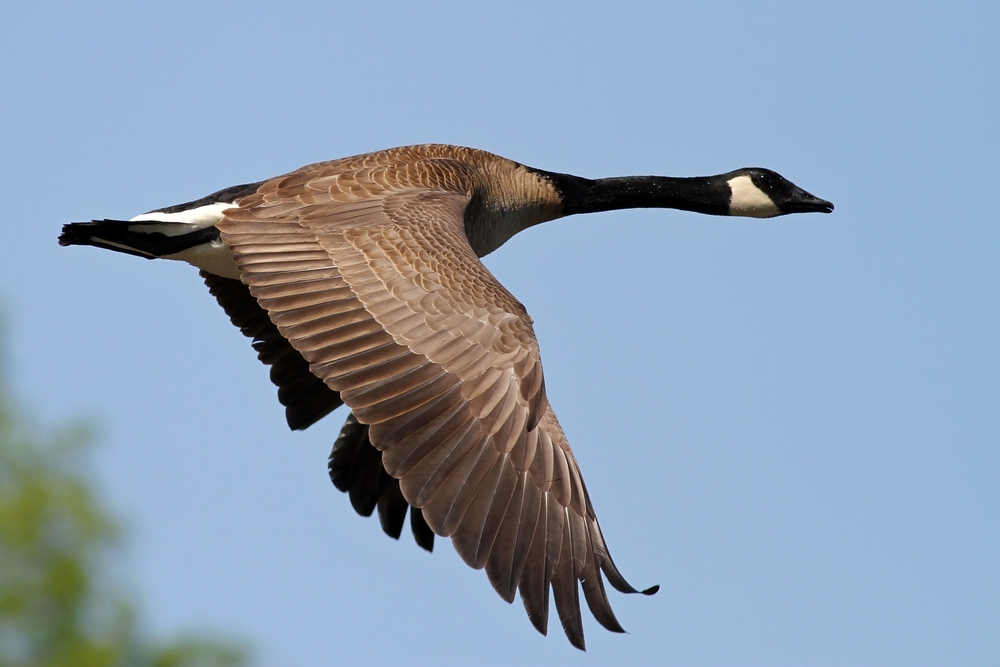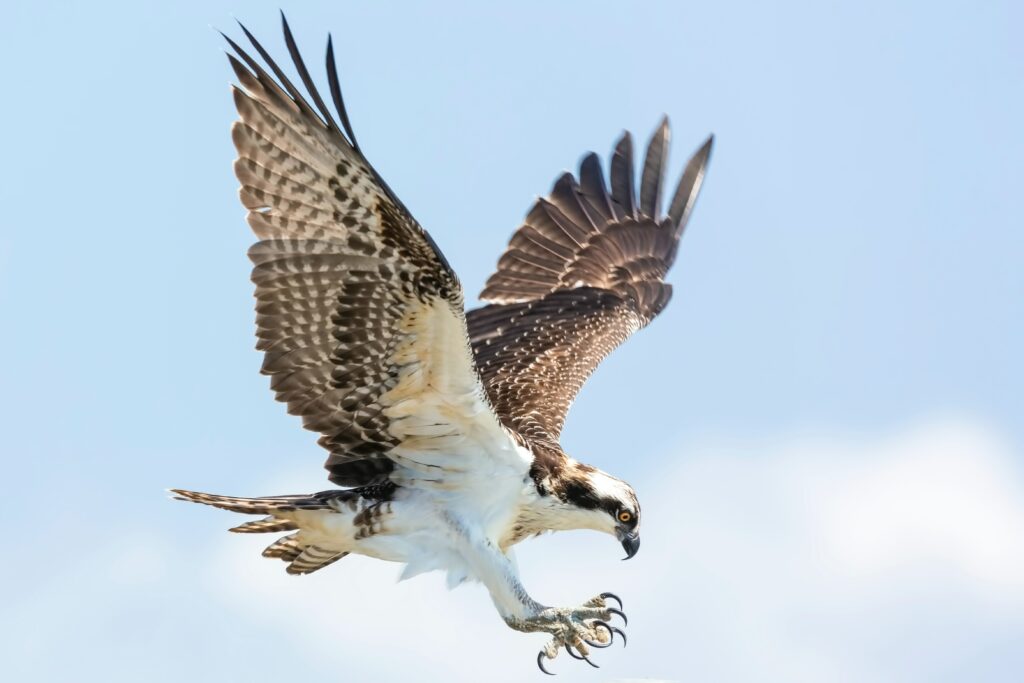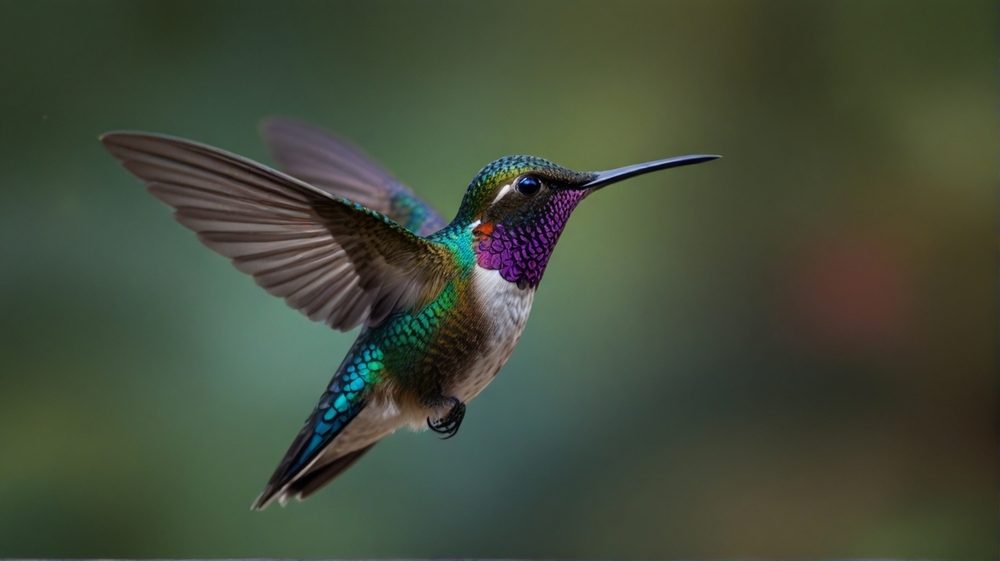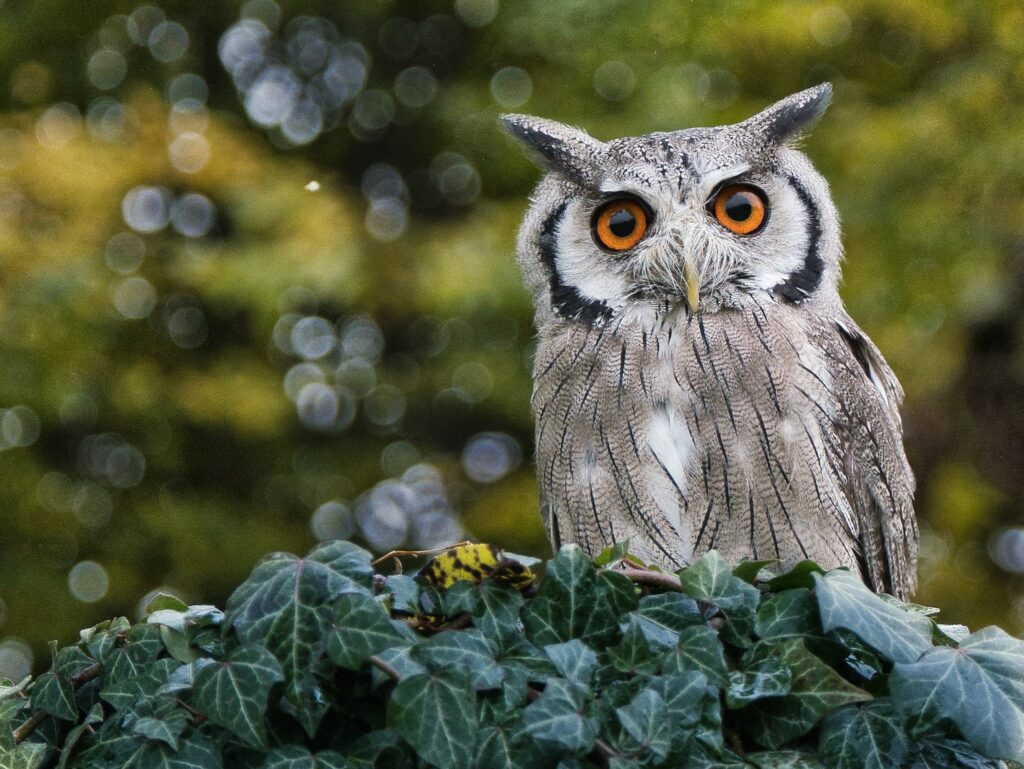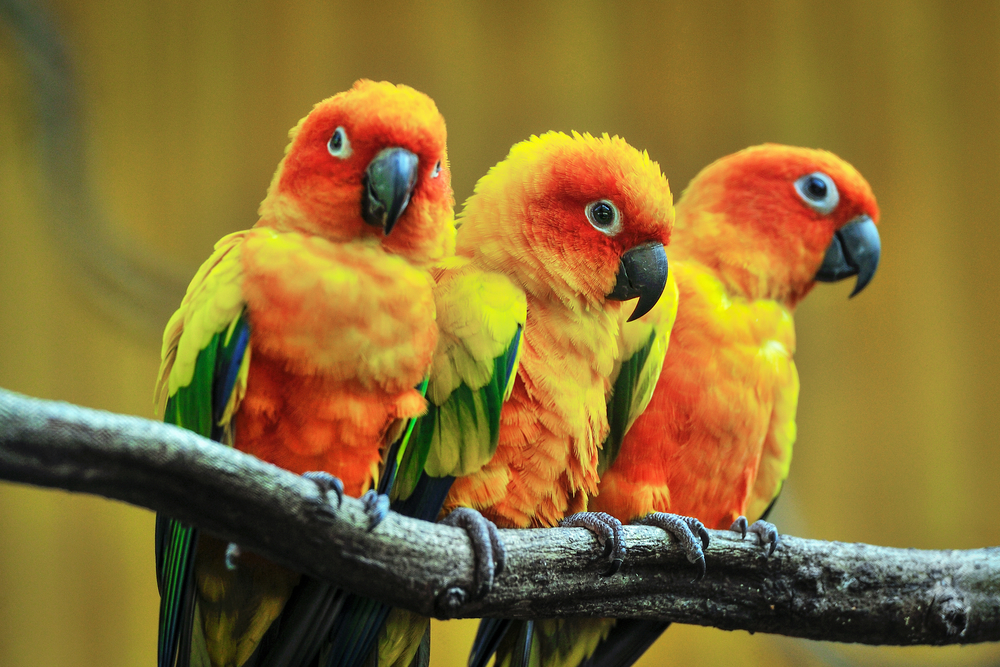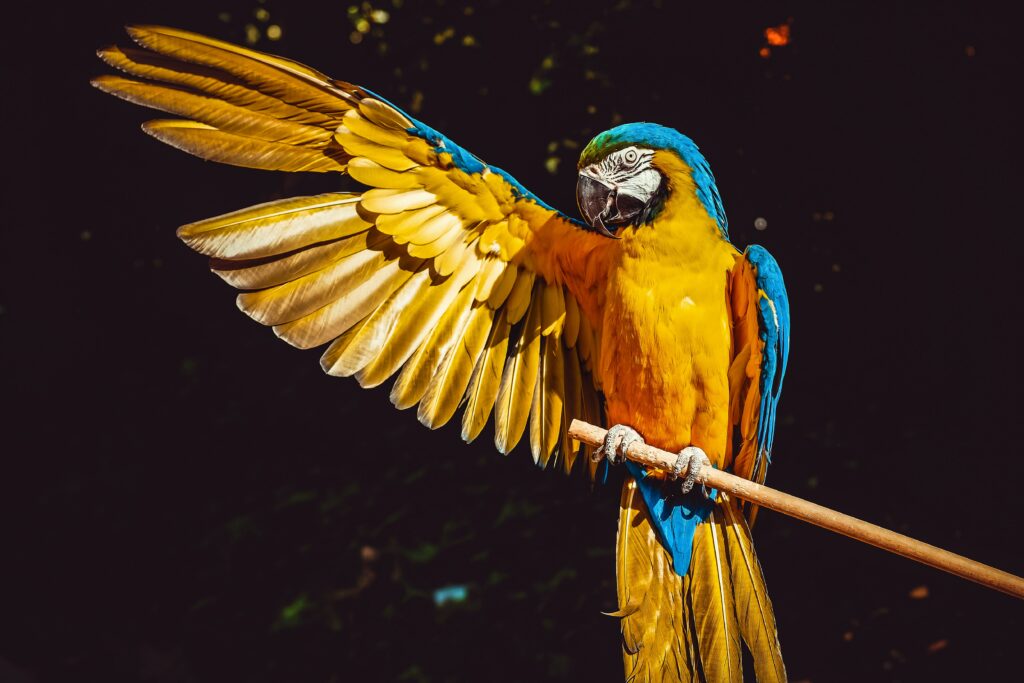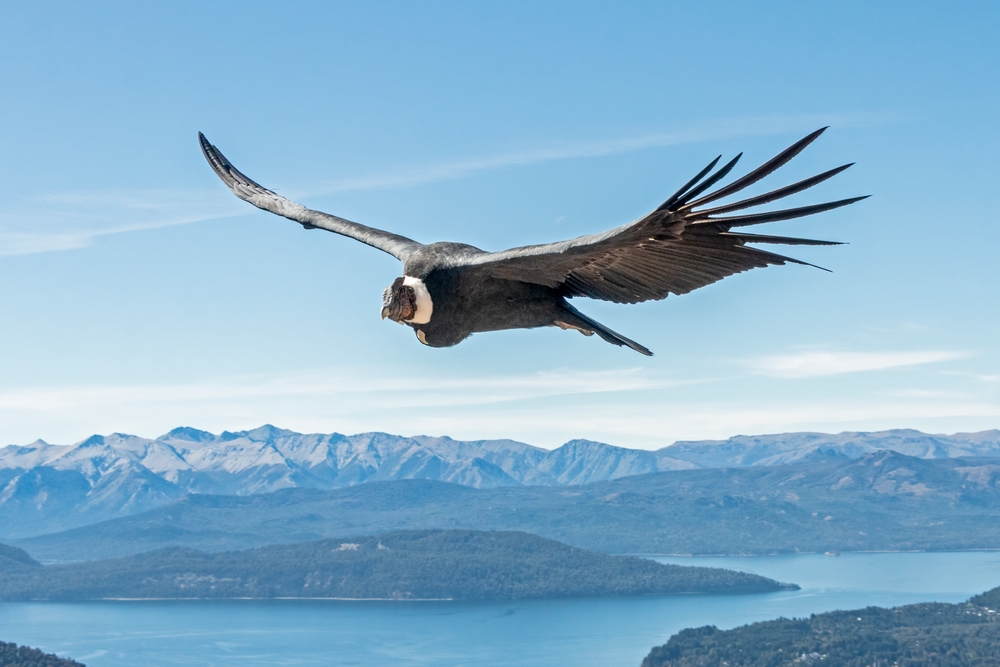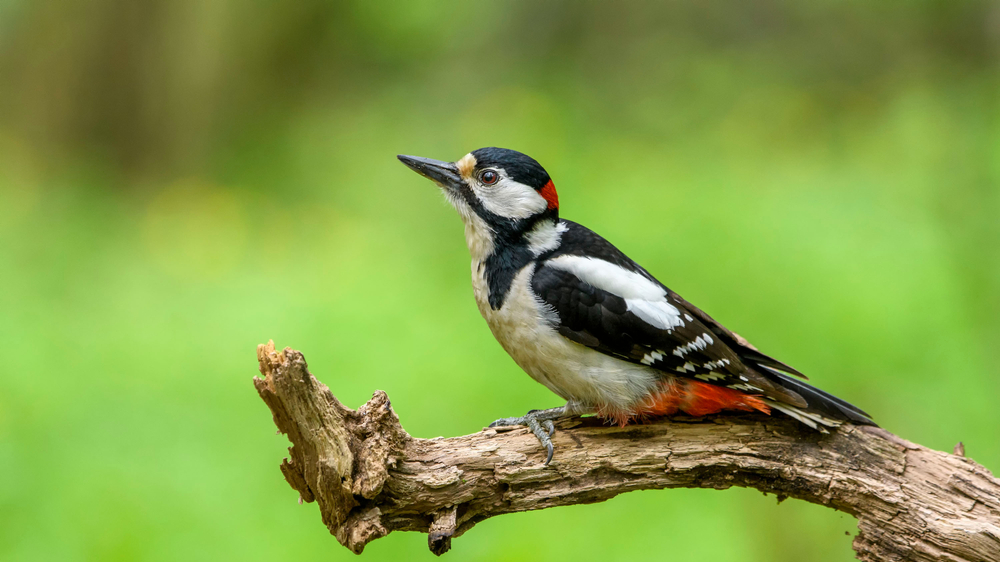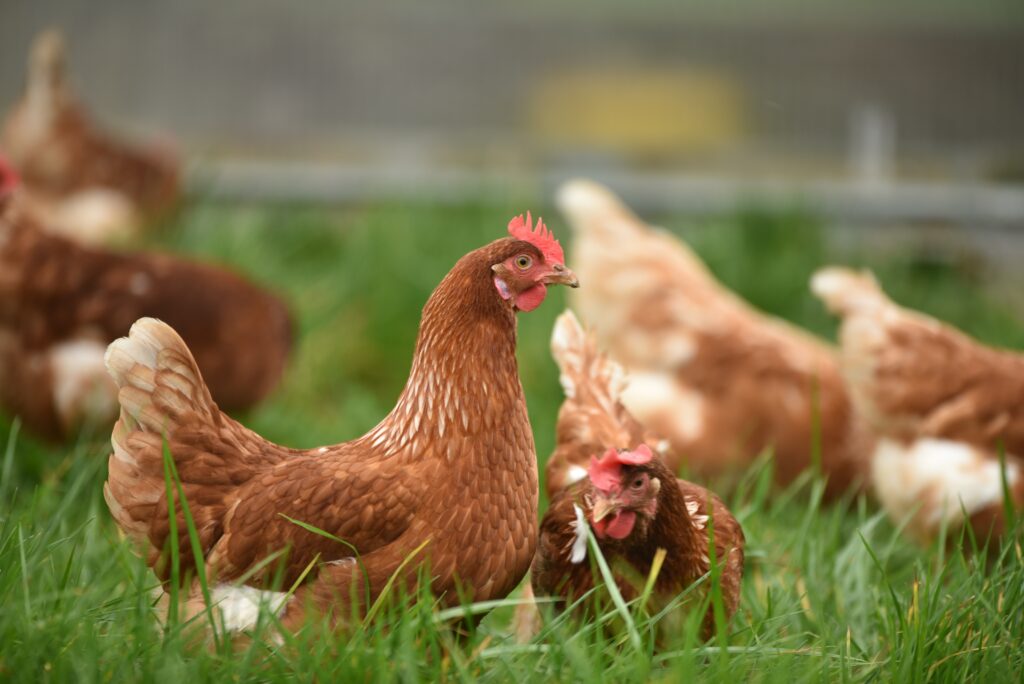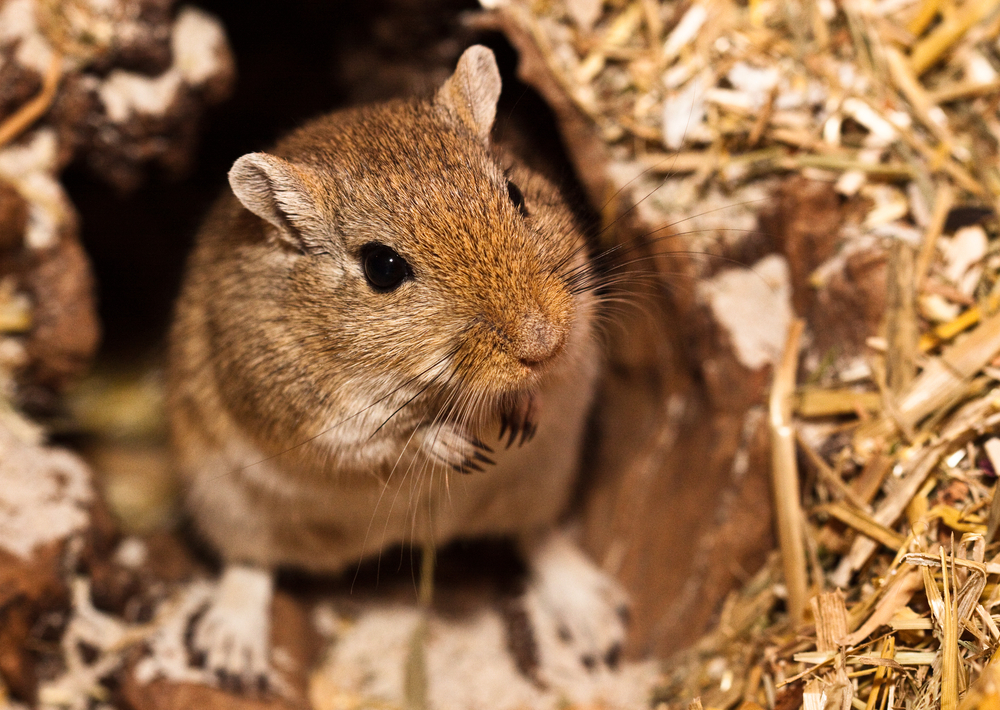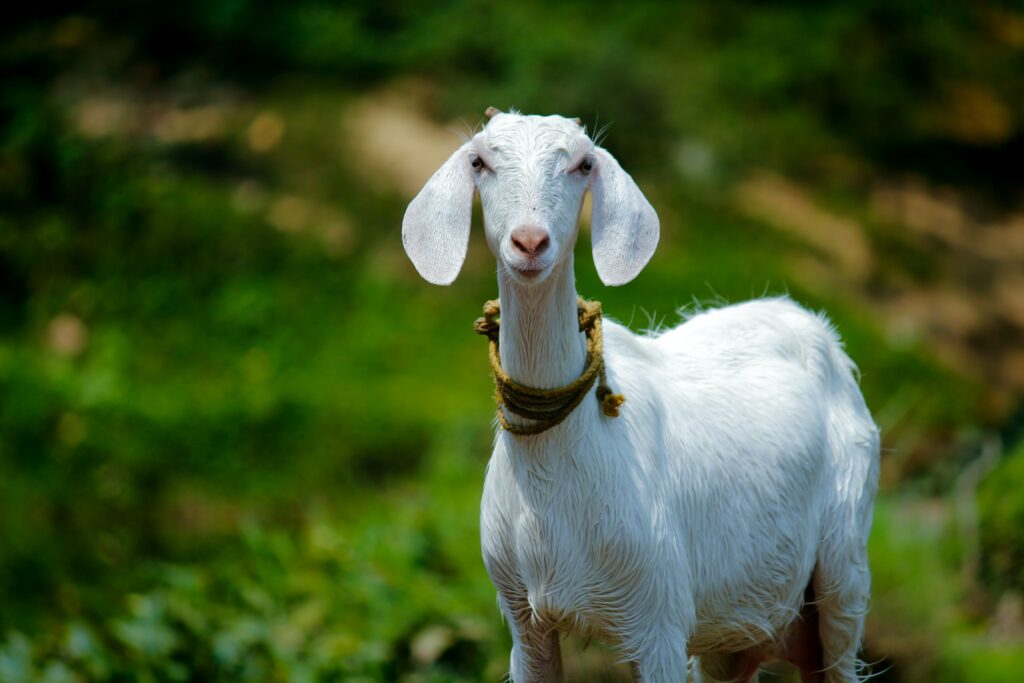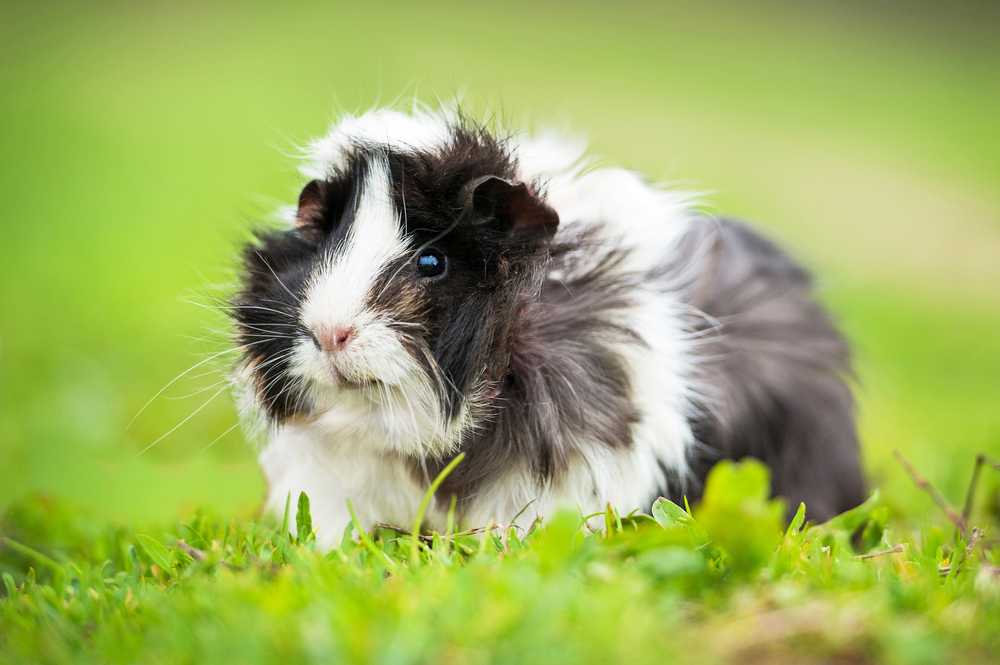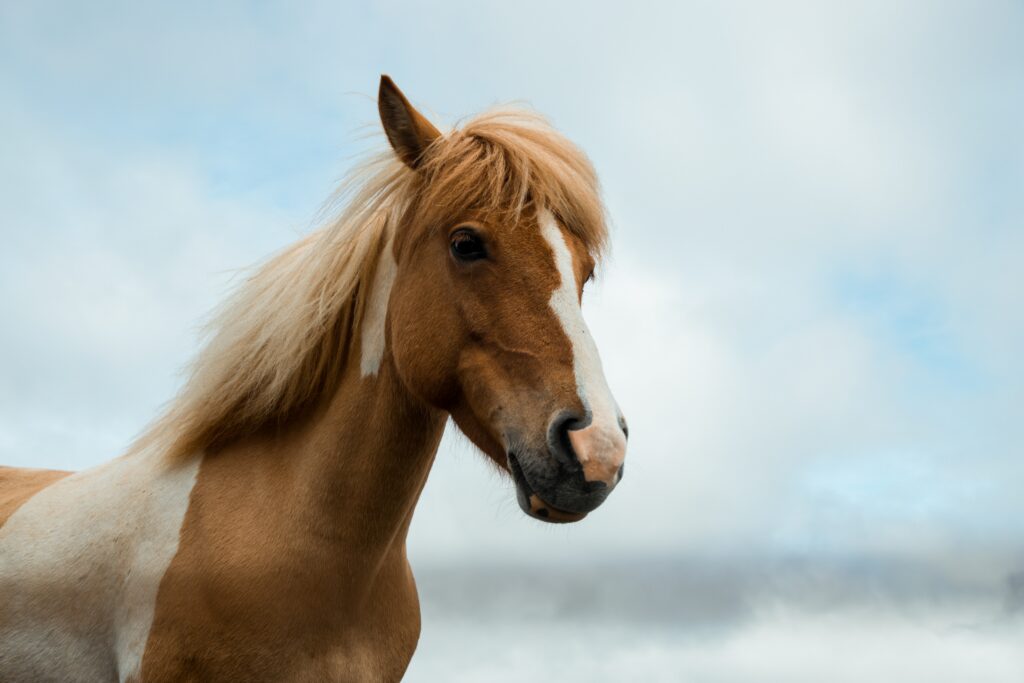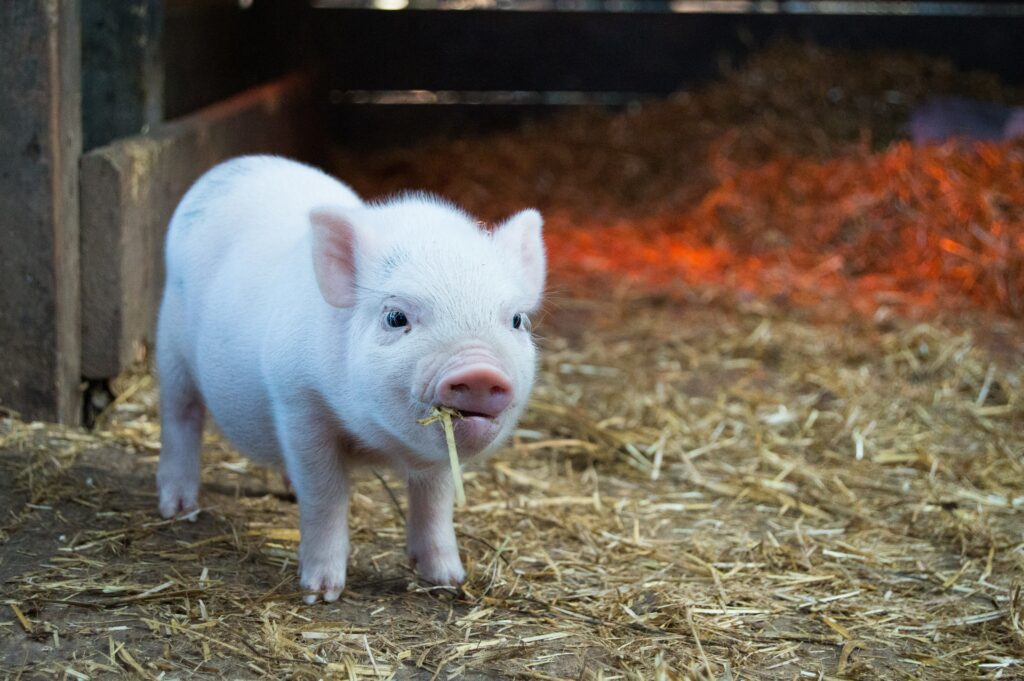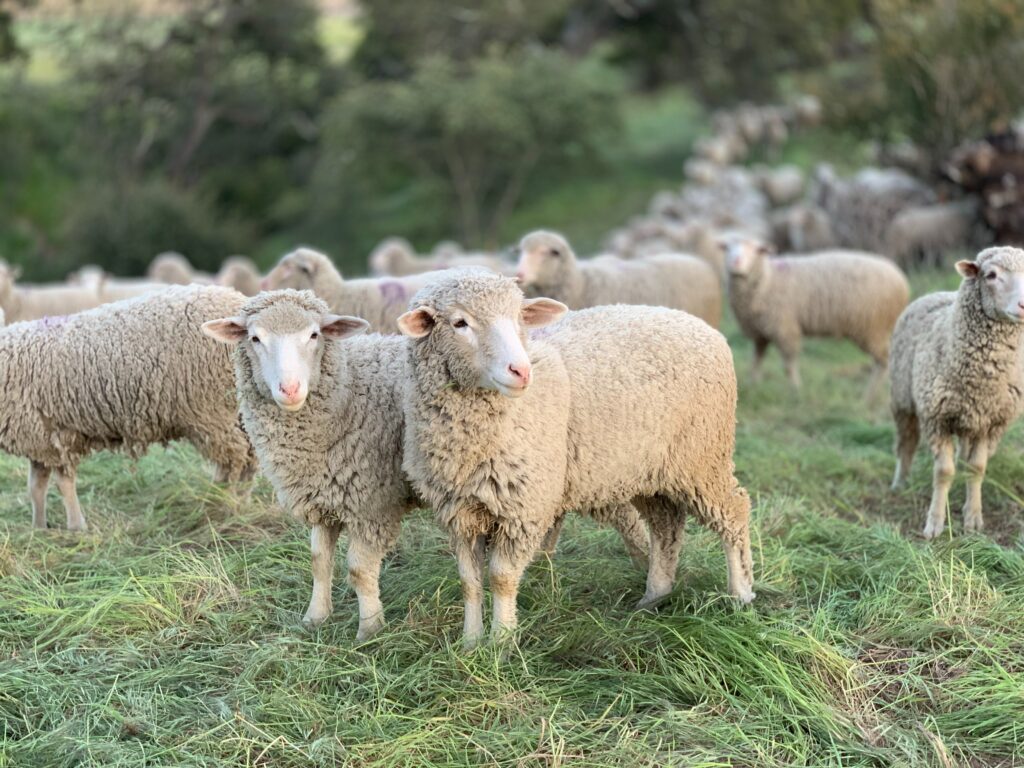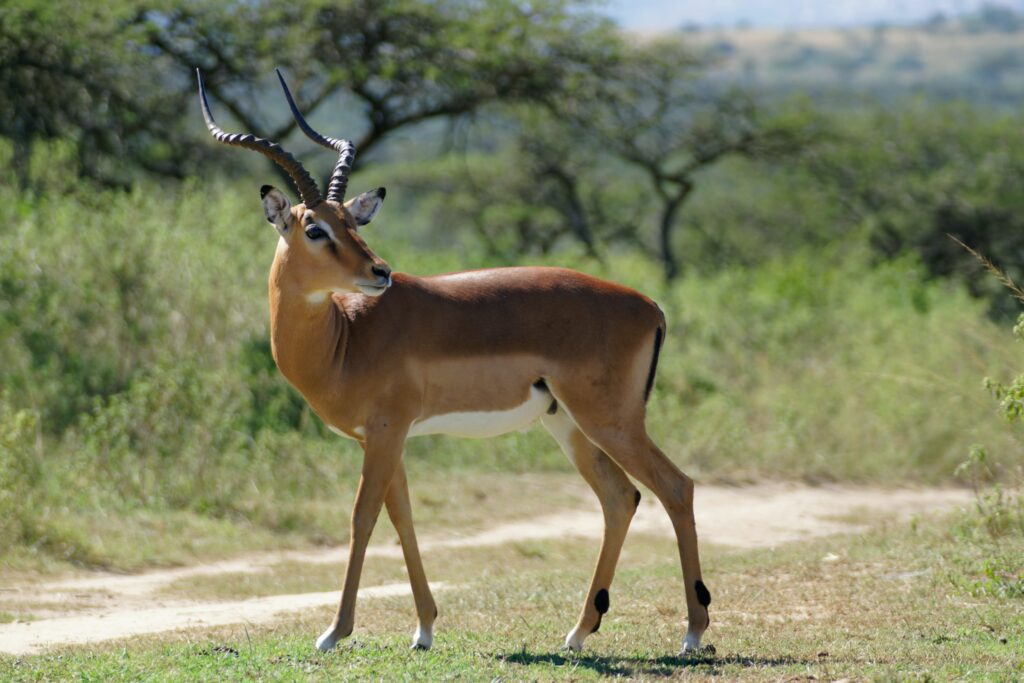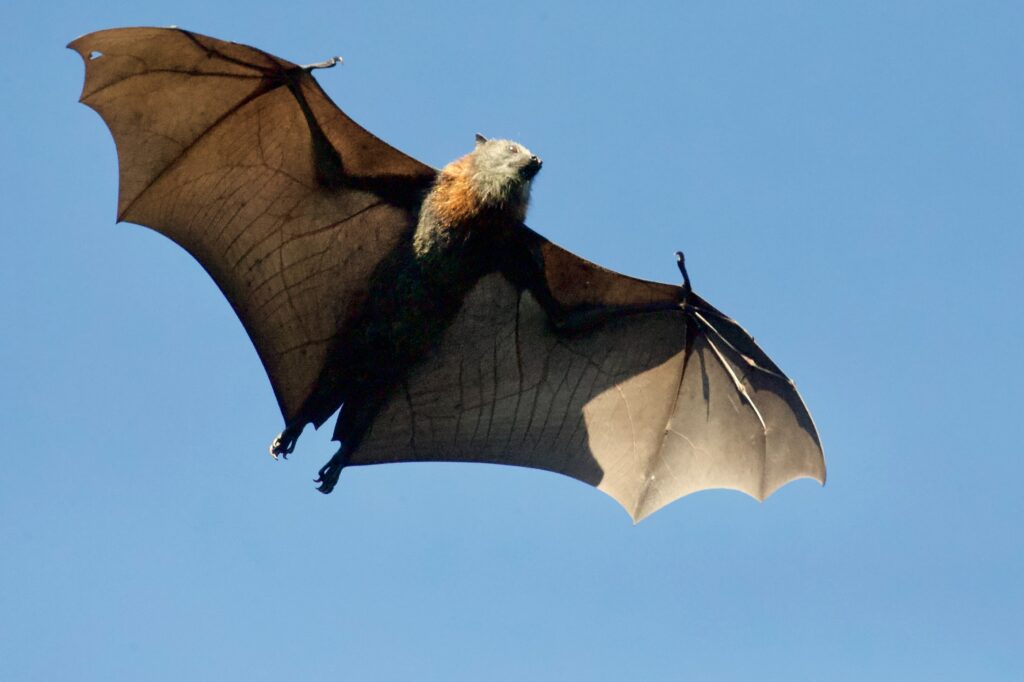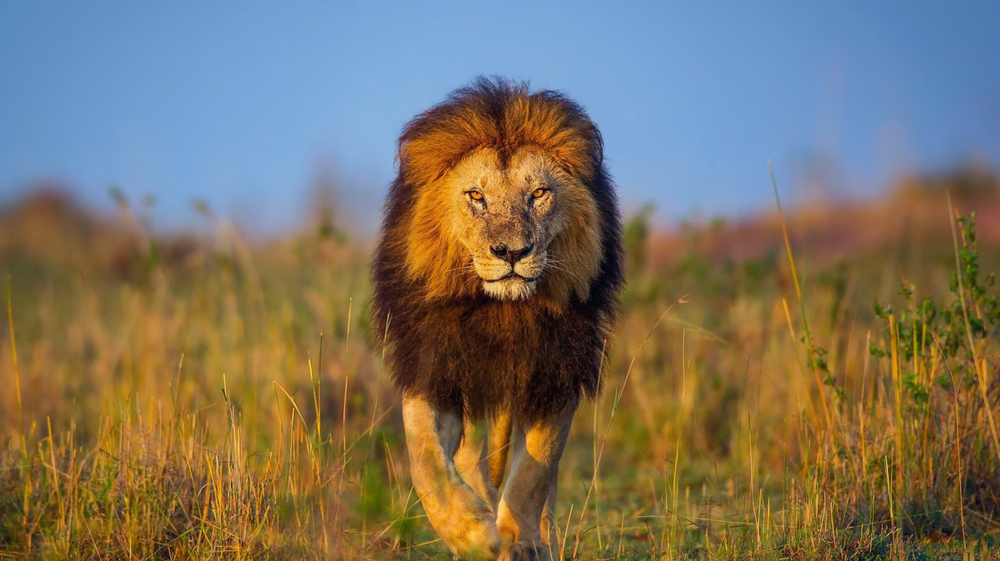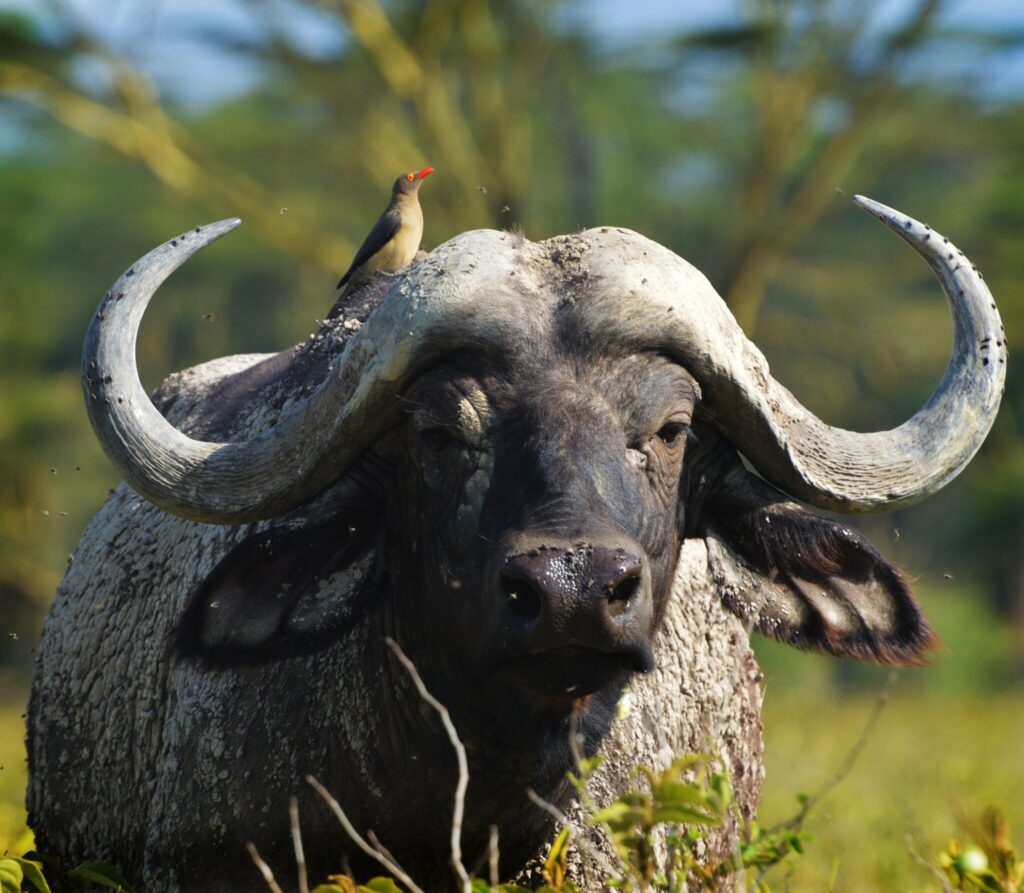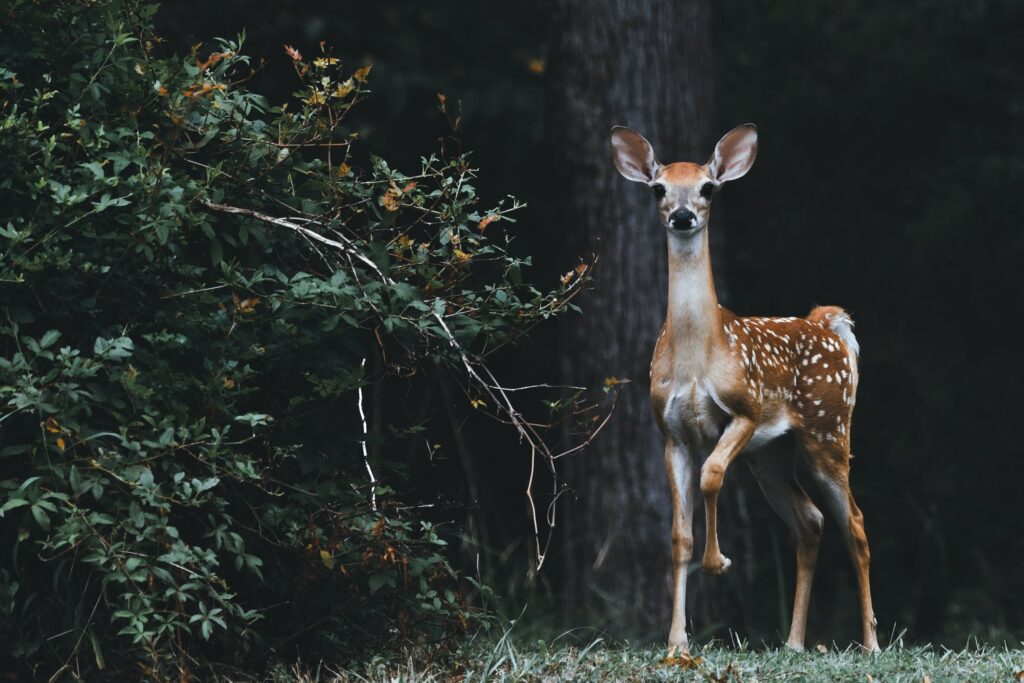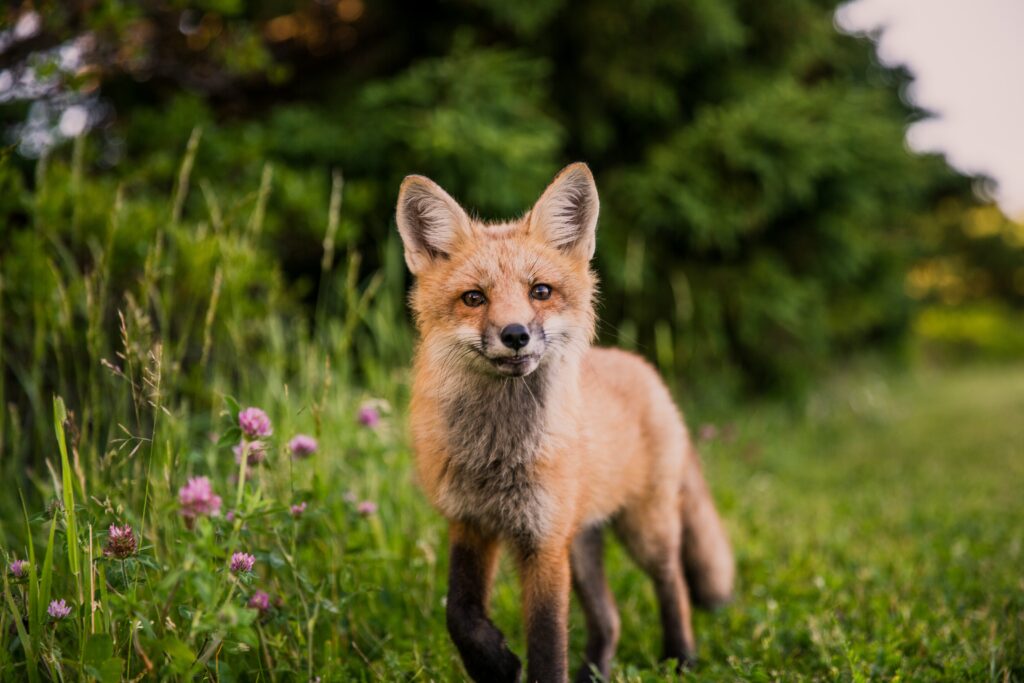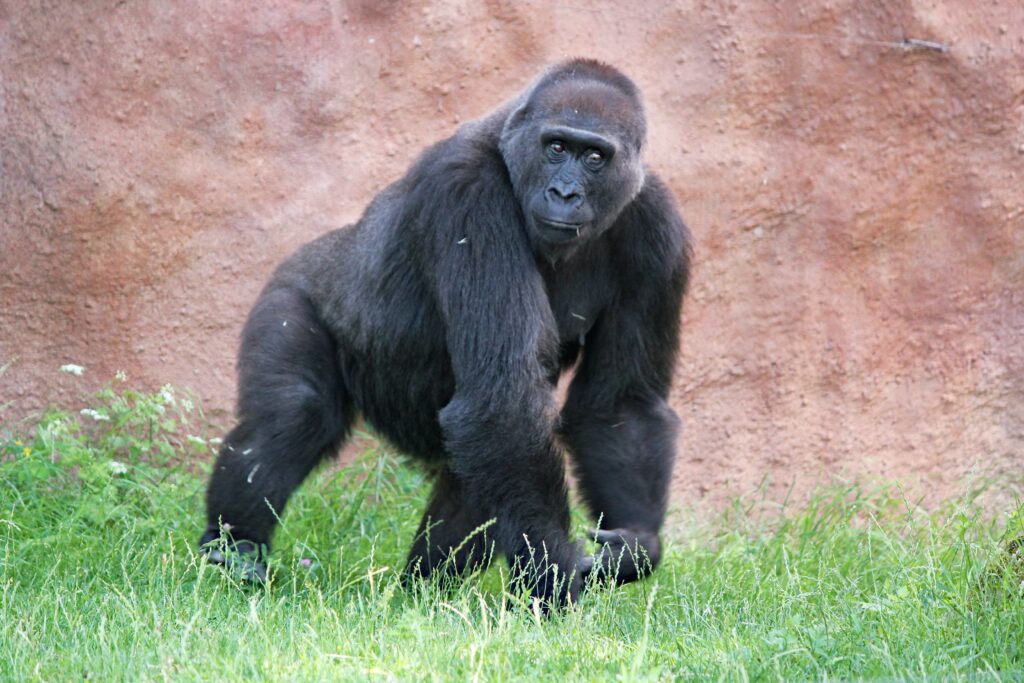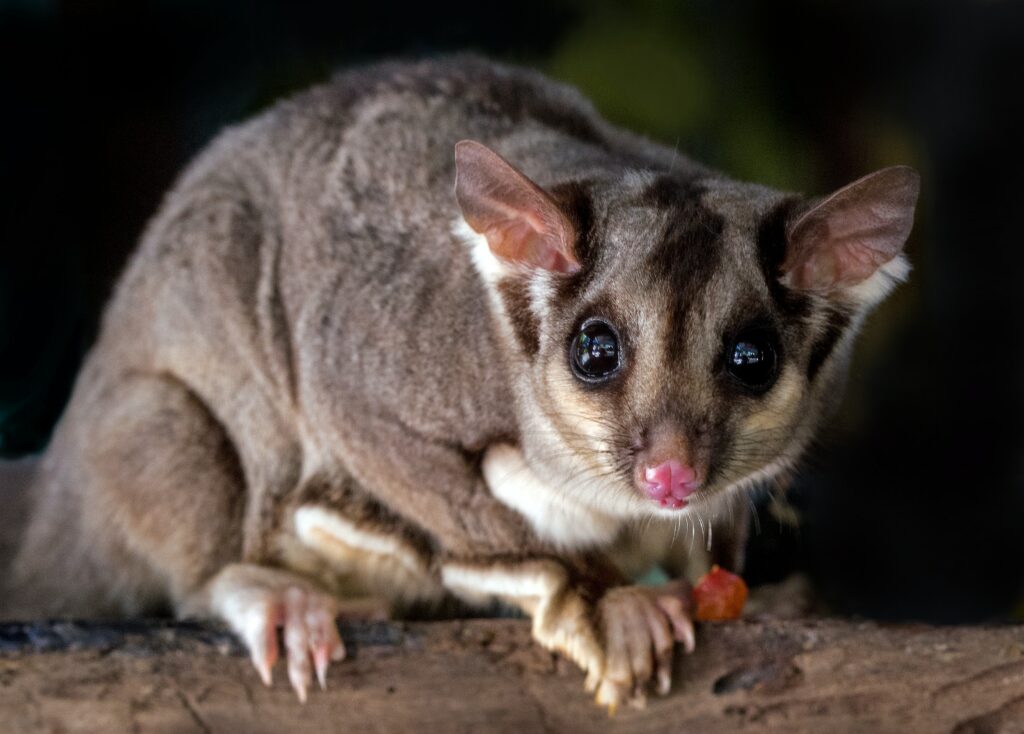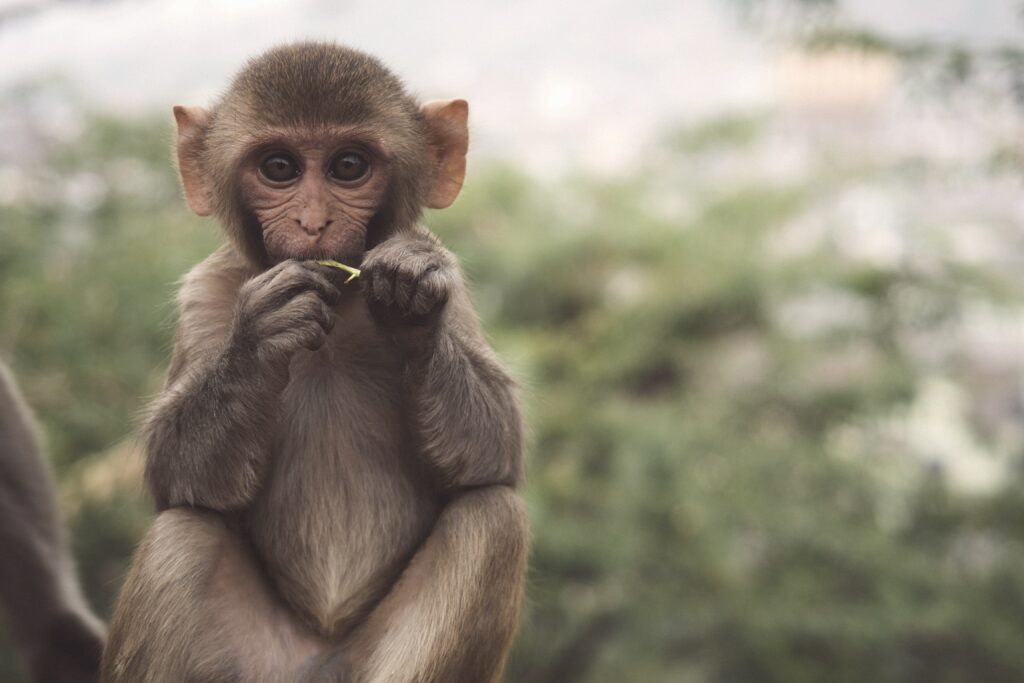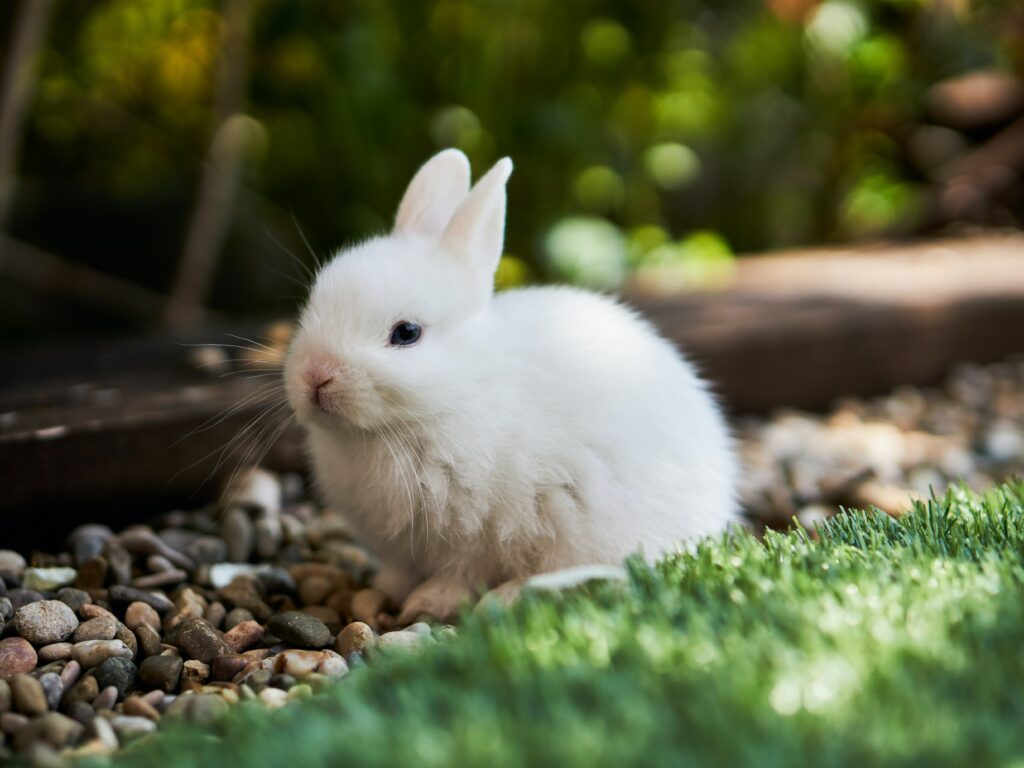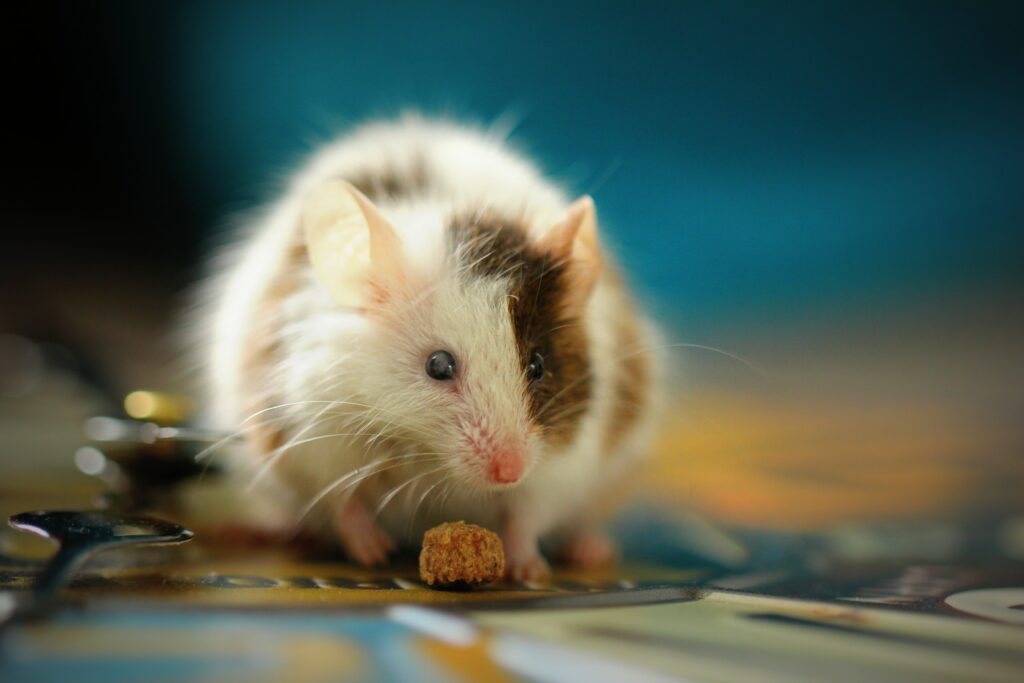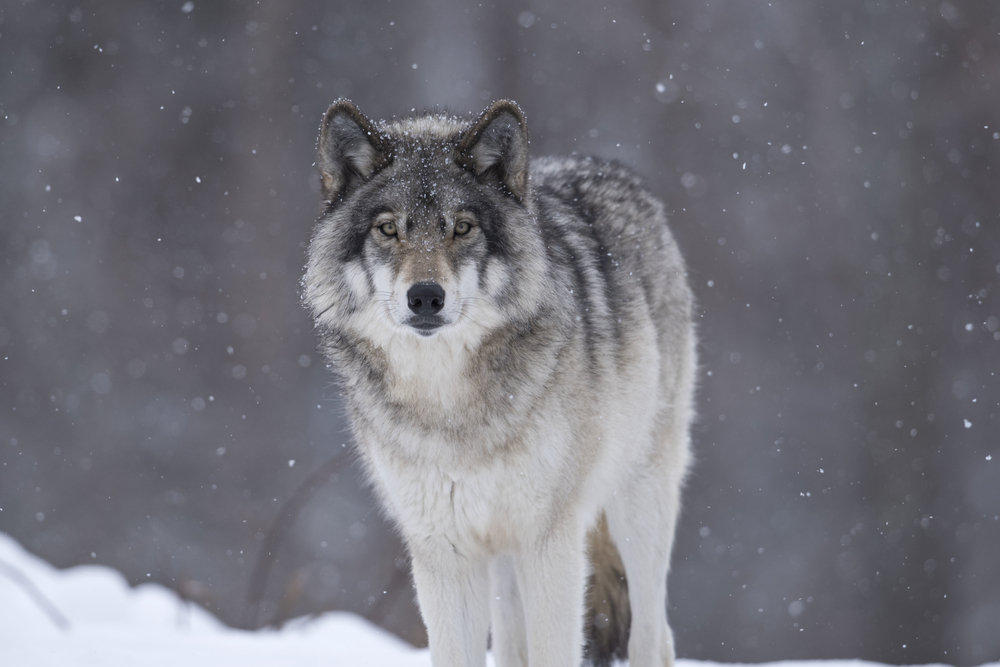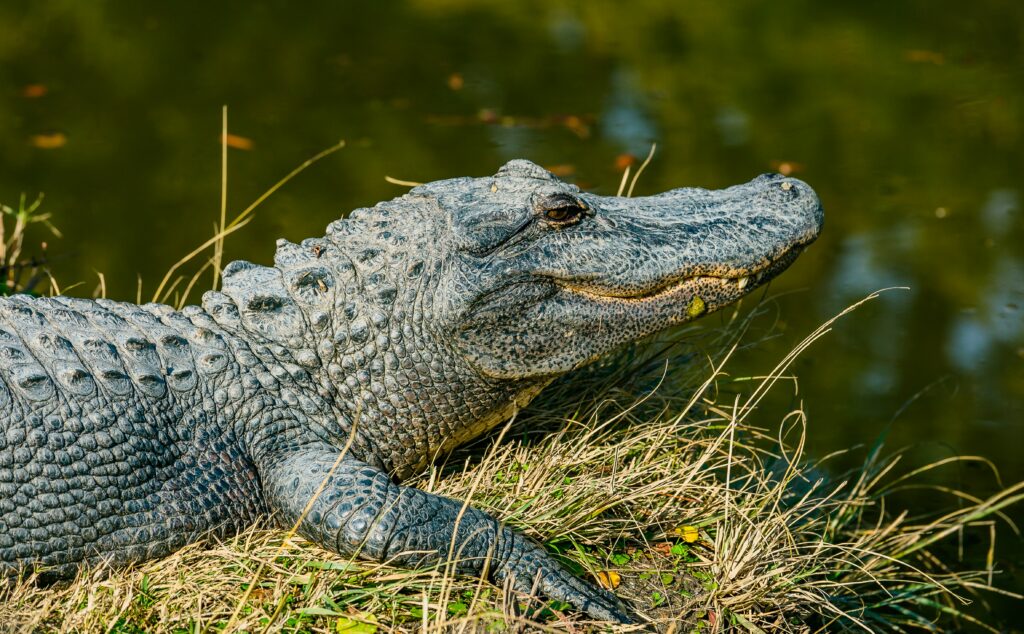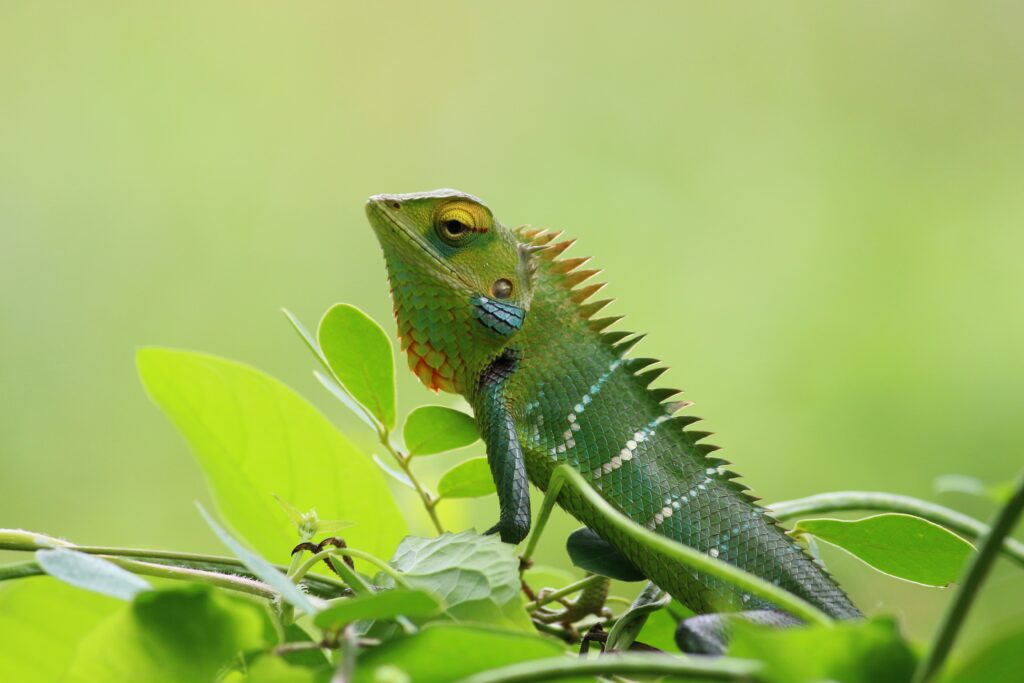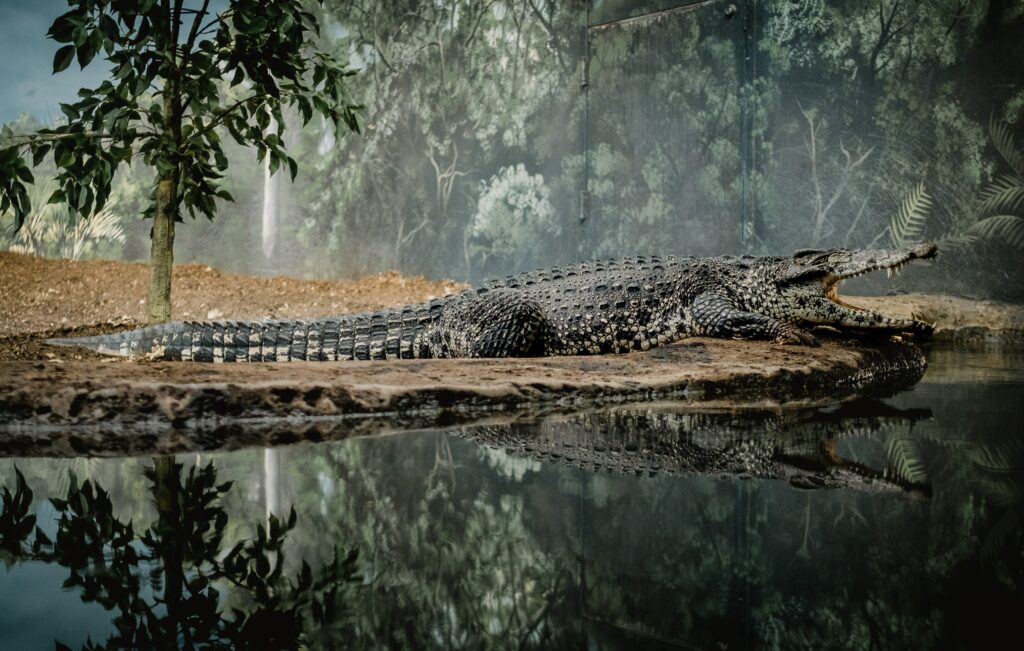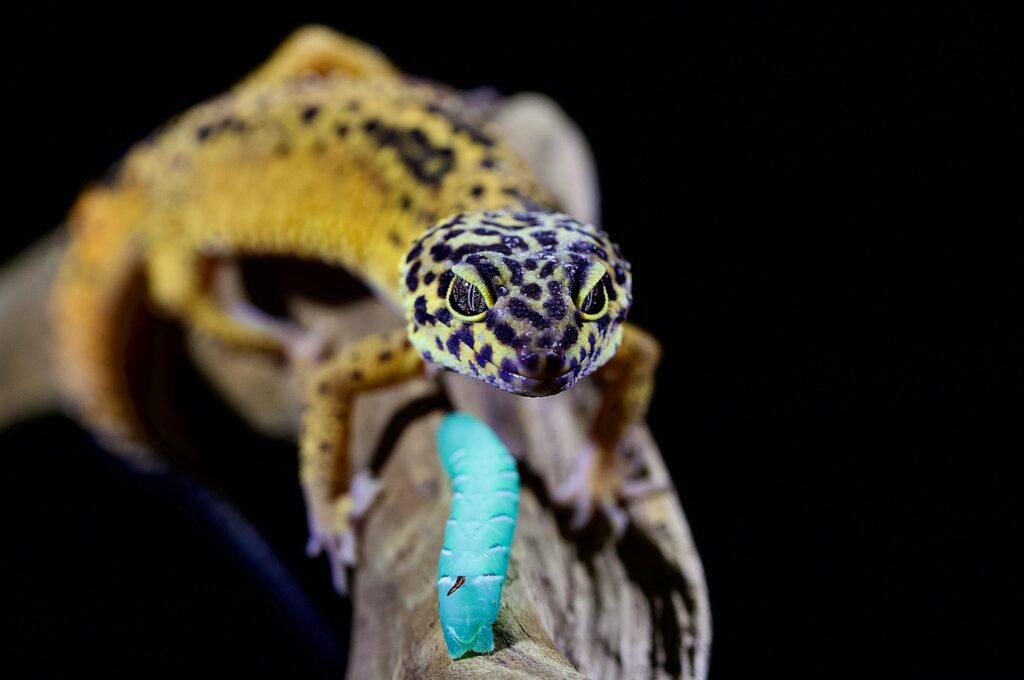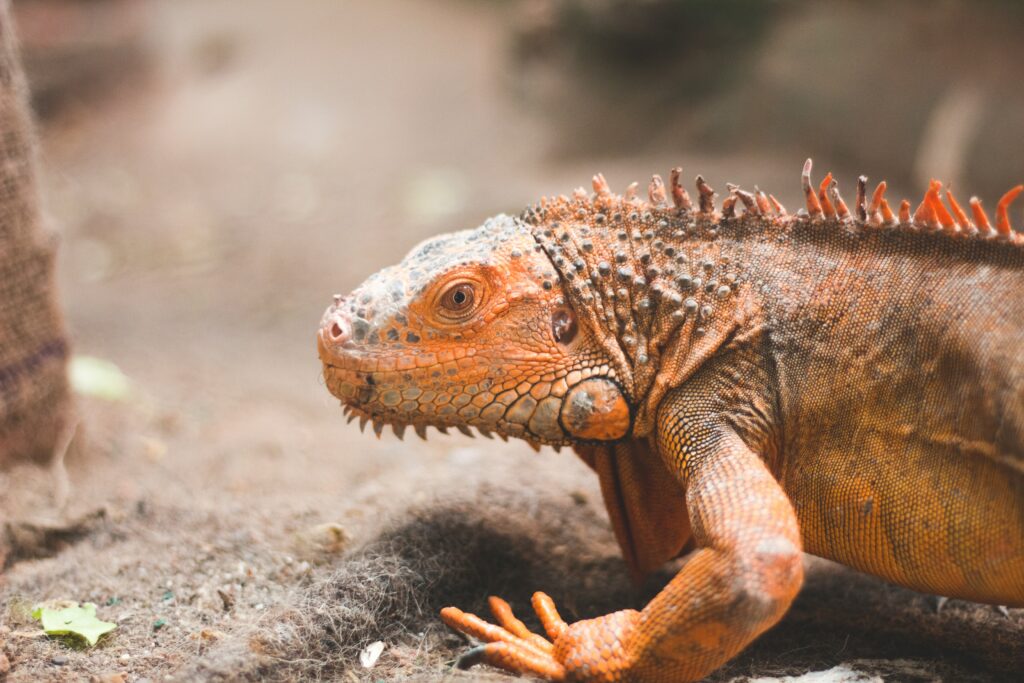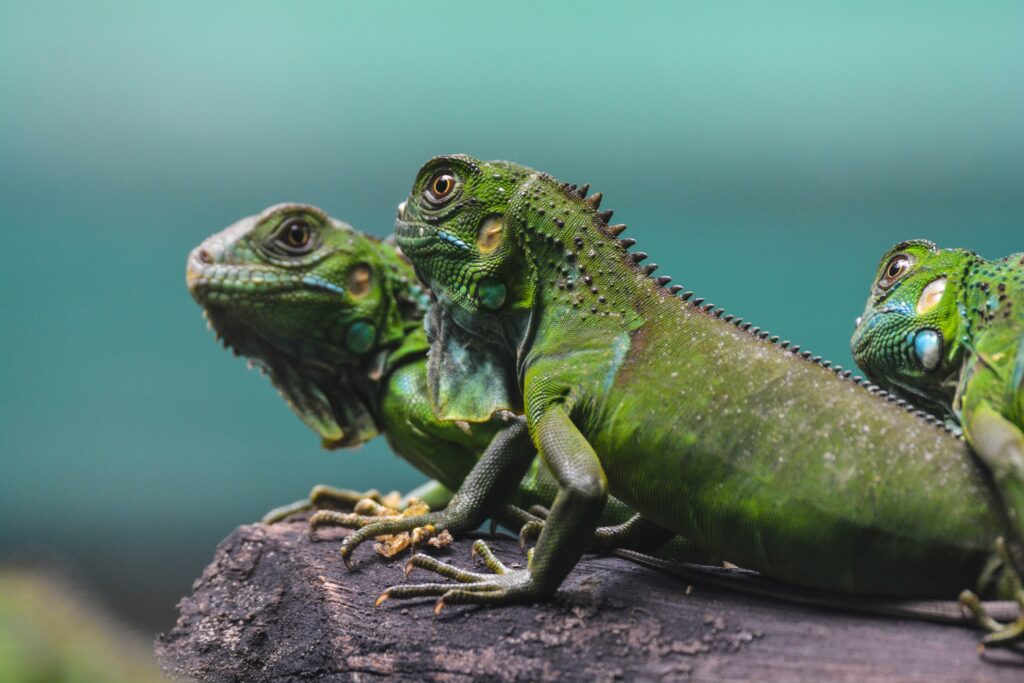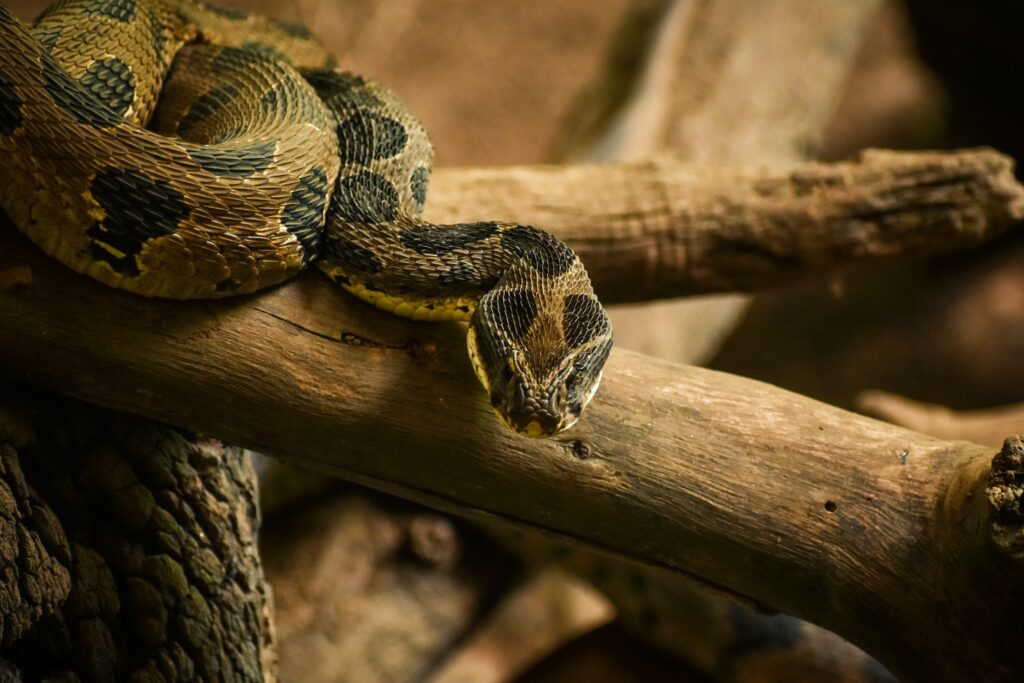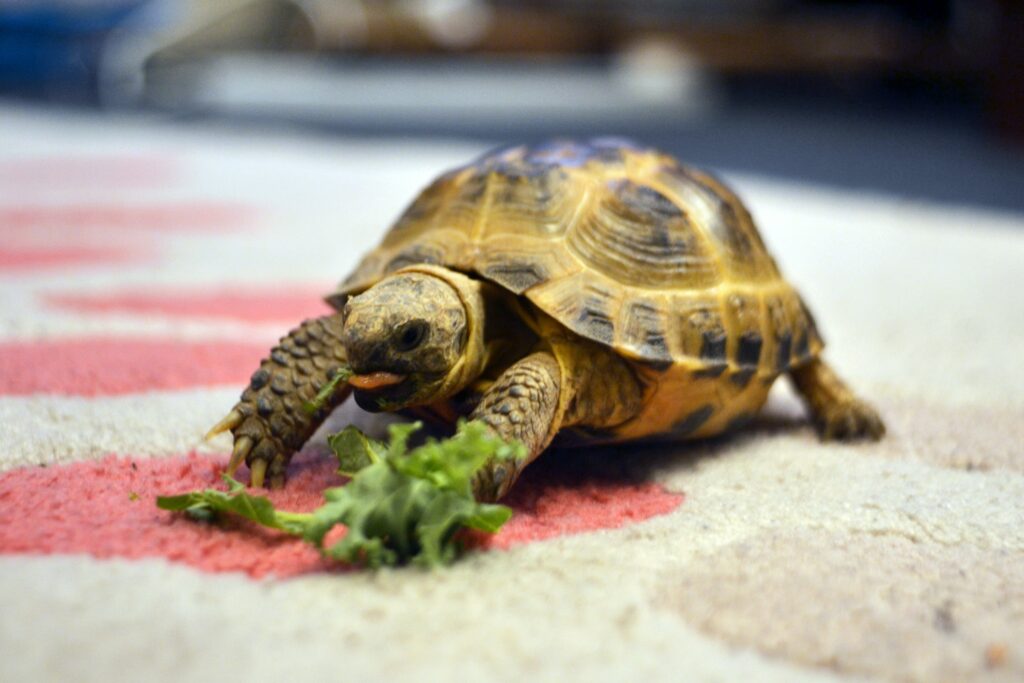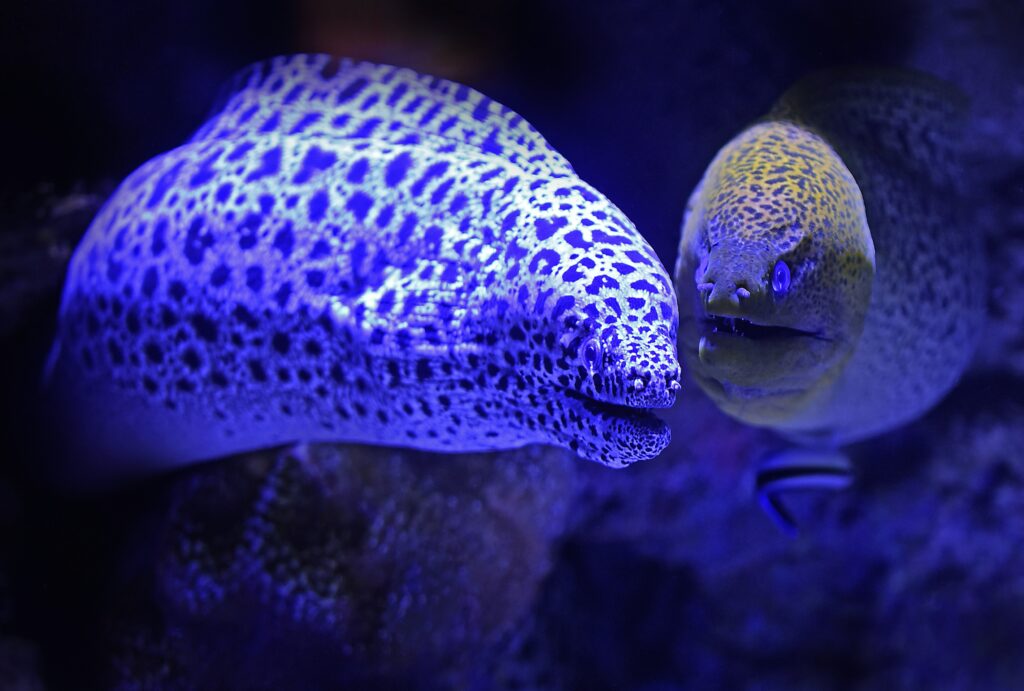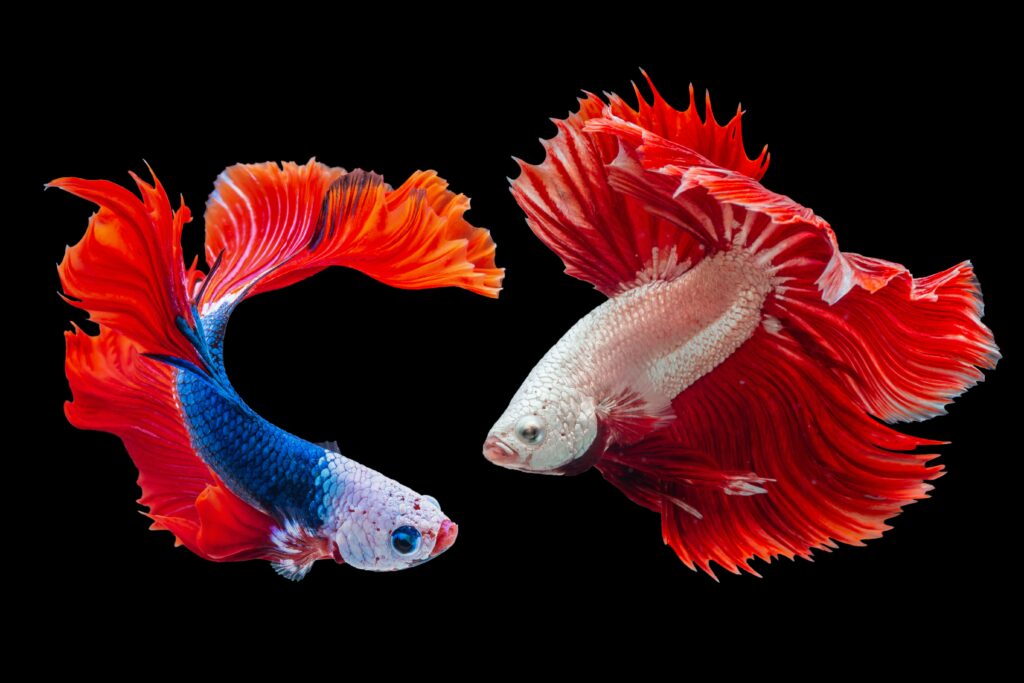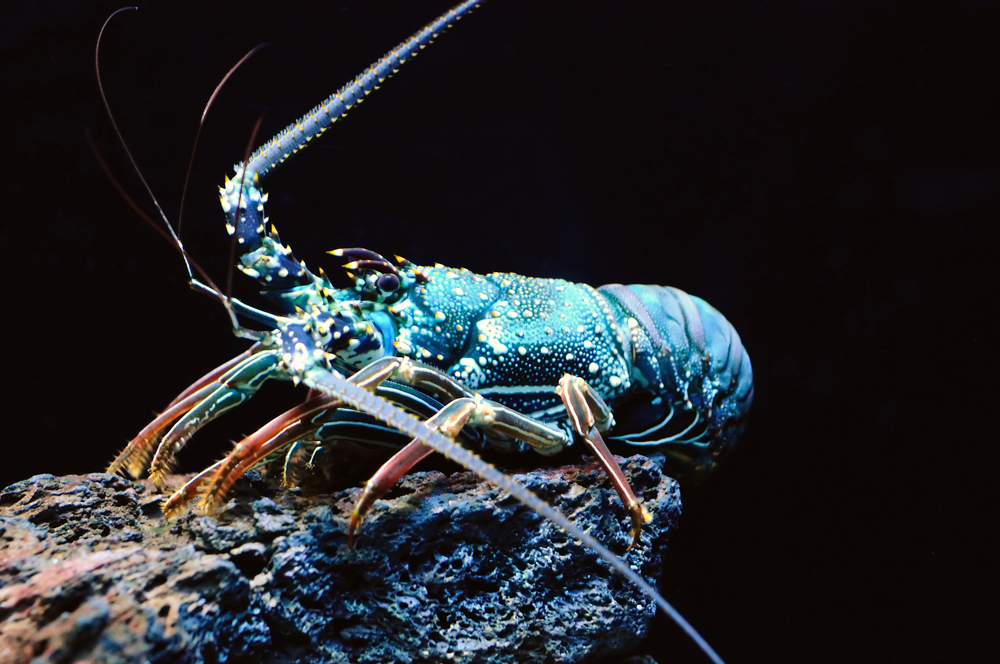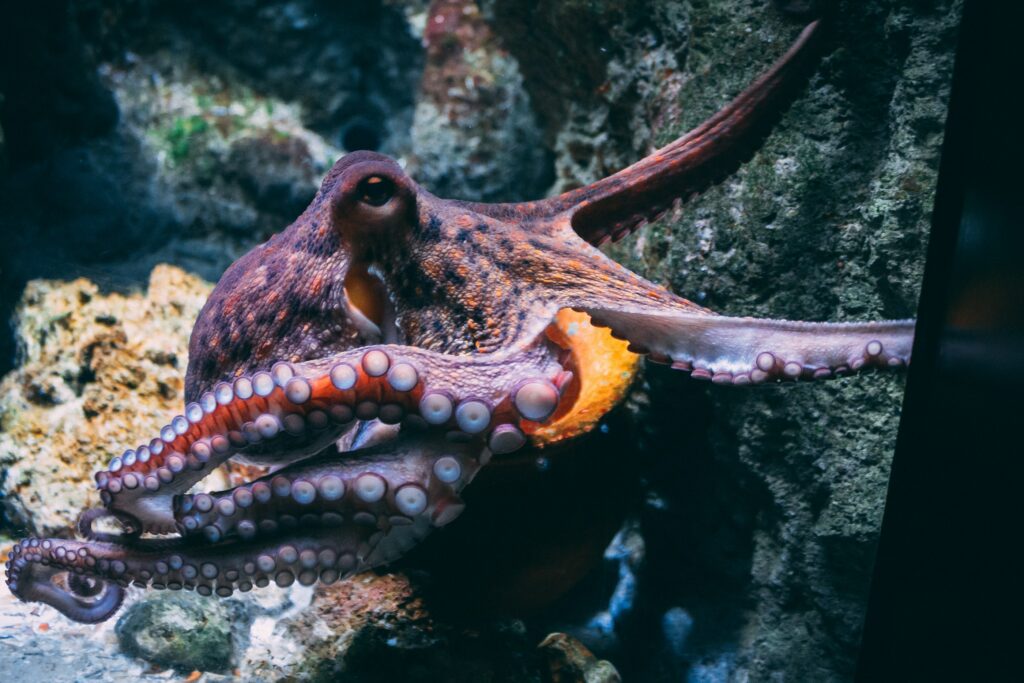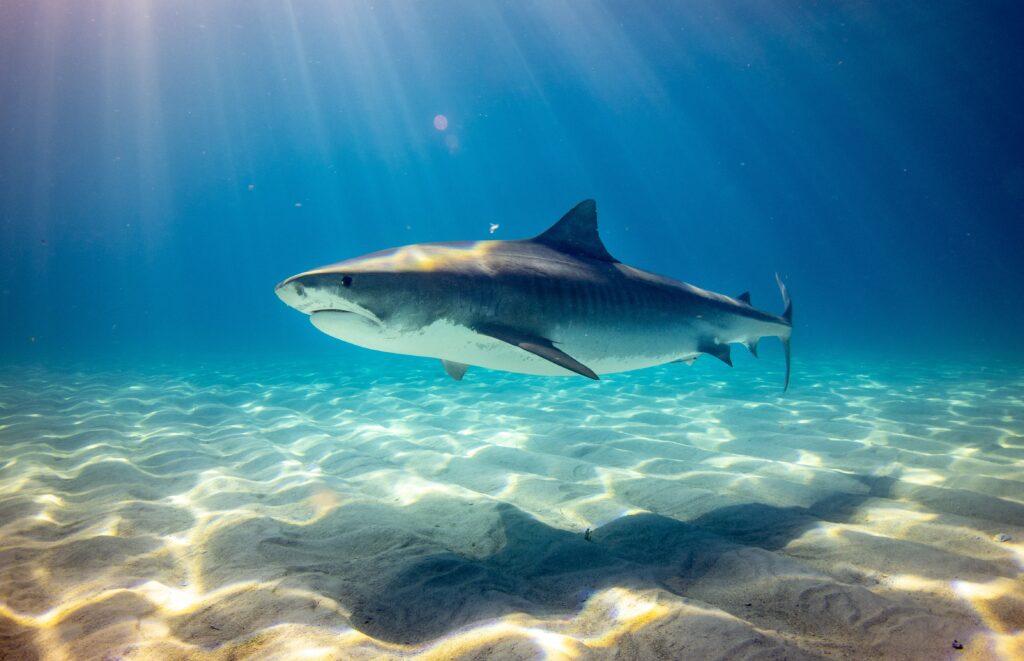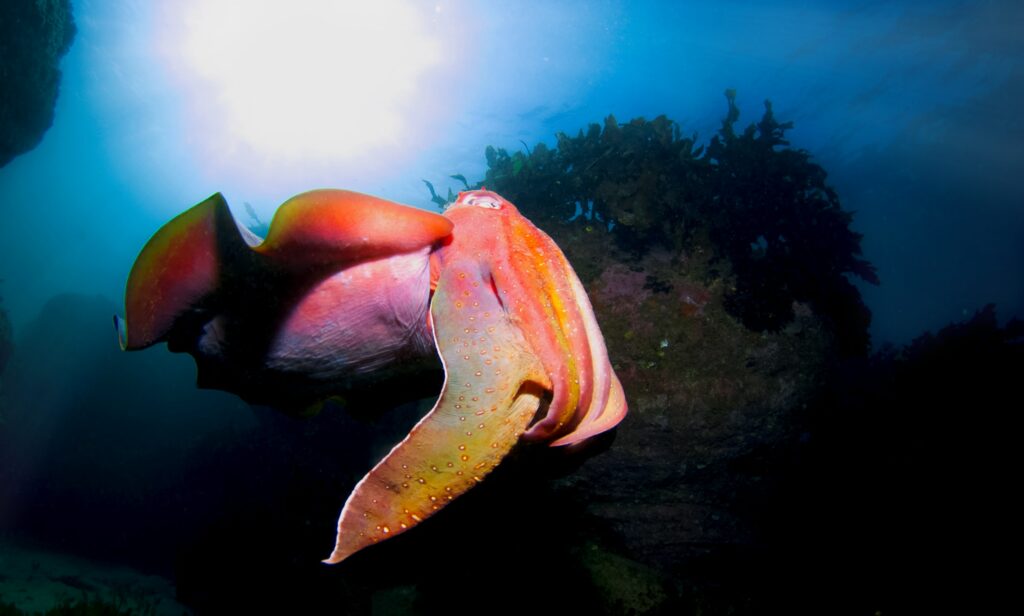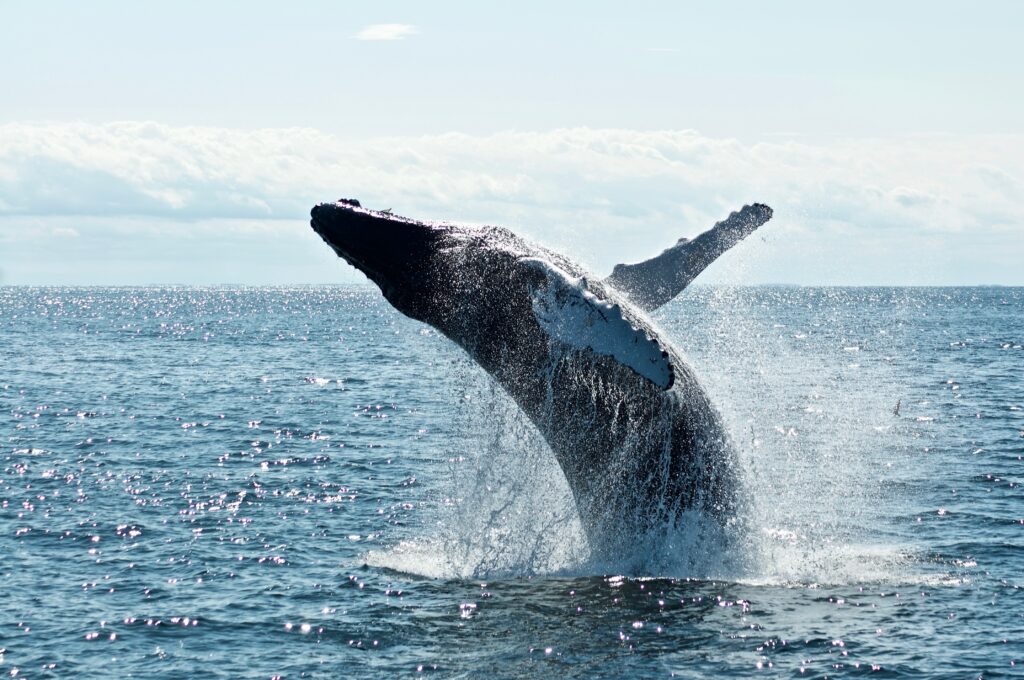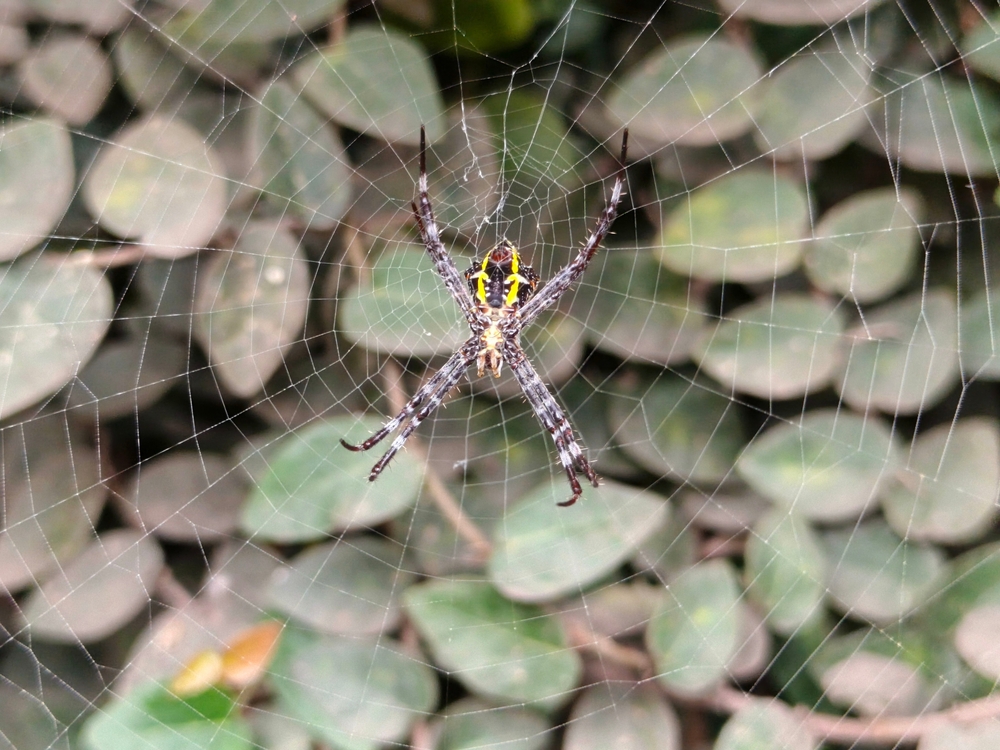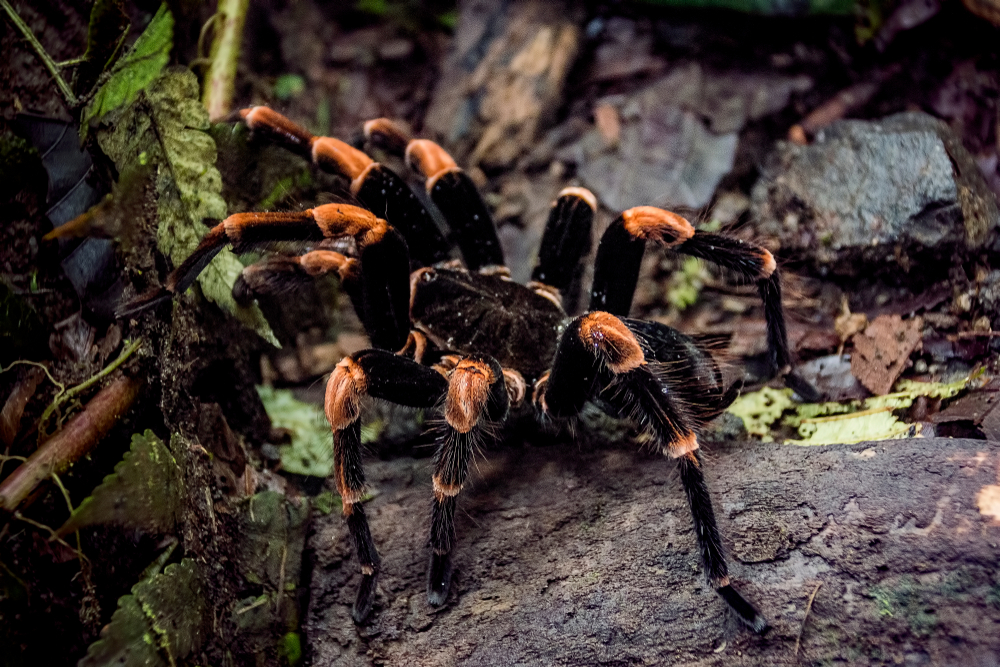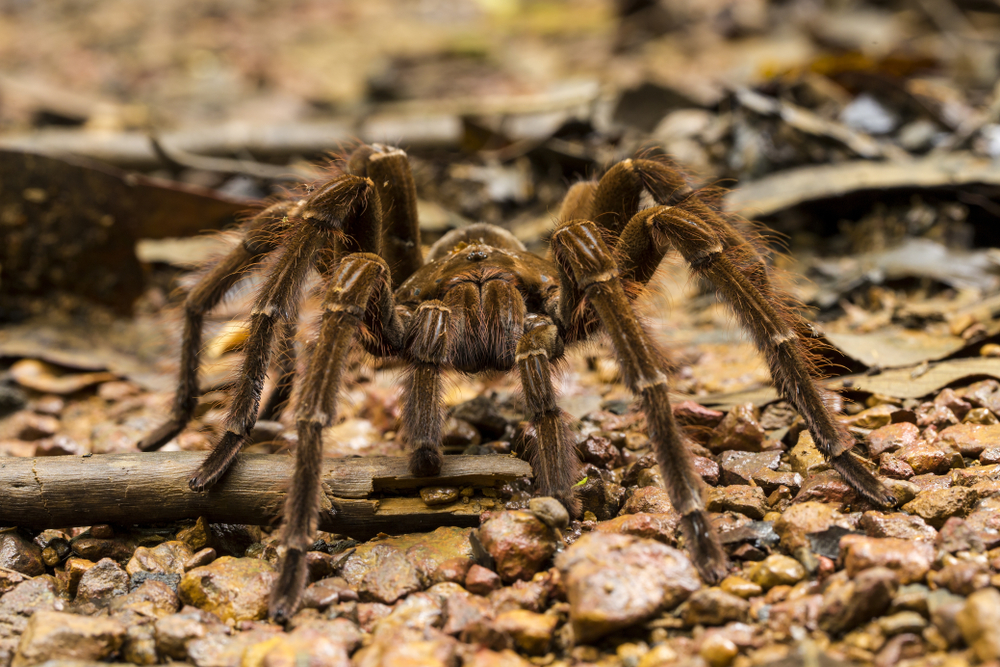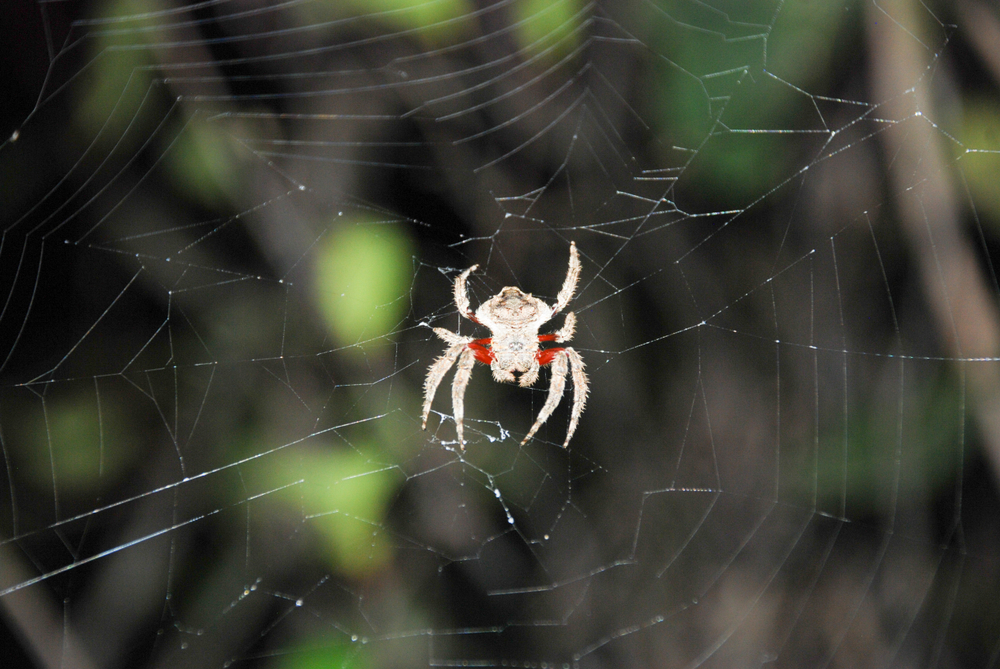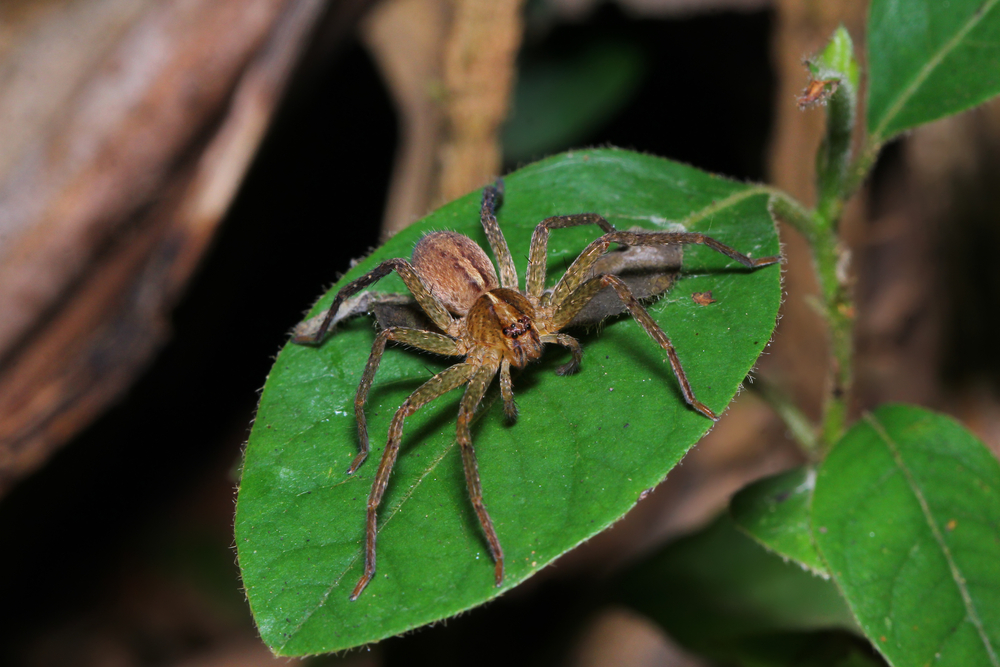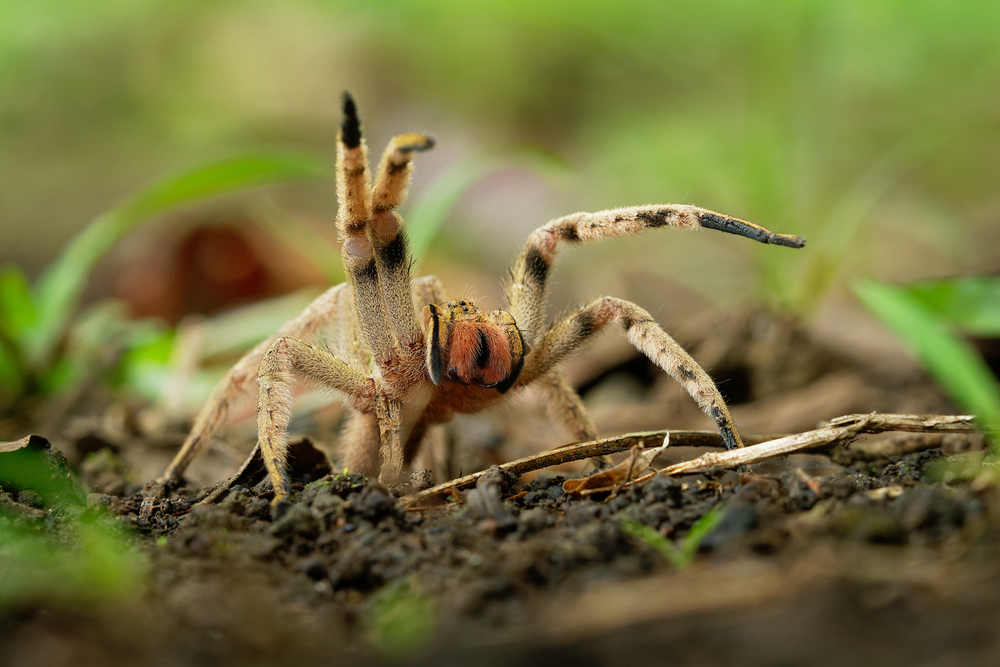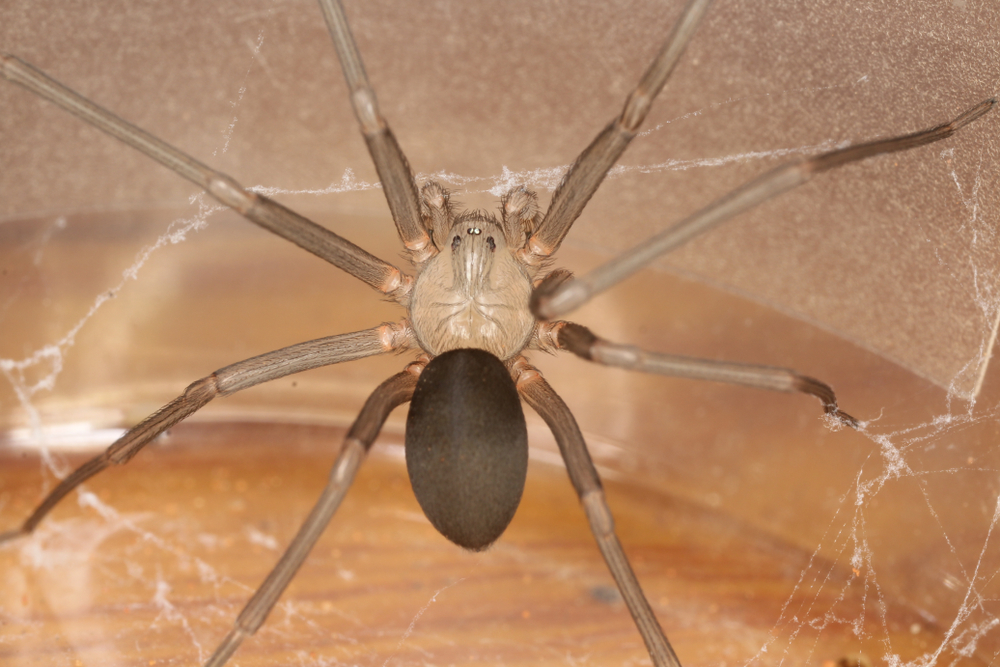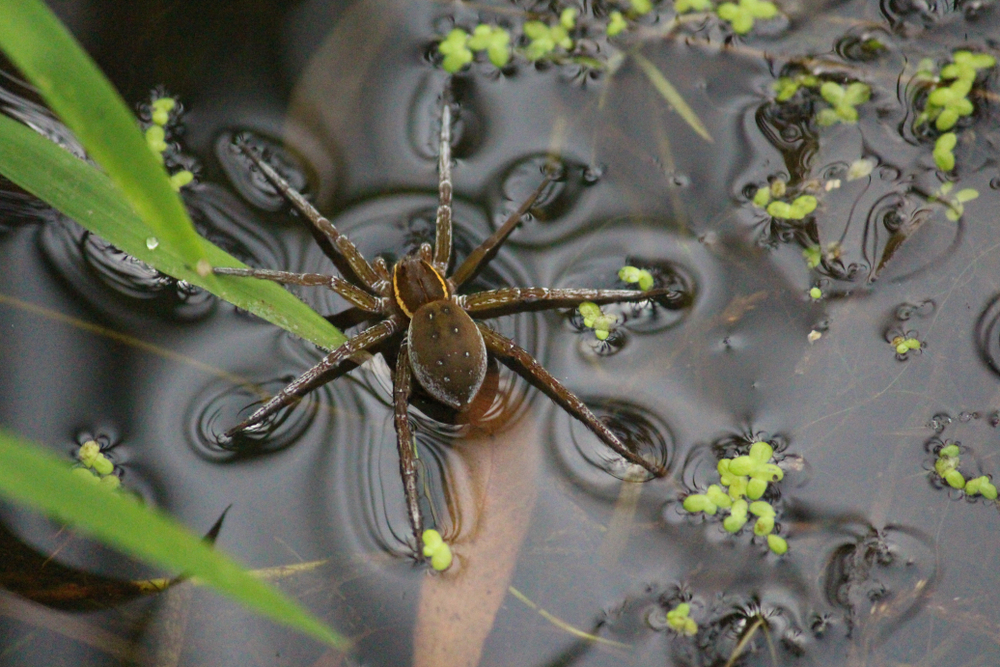Orb-weavers belong to the family Araneidae. Their closest relatives are other web-building spiders in the same superfamily (Araneoidea), such as long-jawed orb-weavers (Tetragnathidae) and comb-footed spiders (Theridiidae), which also spin intricate webs.
About
The Orb-Weaving Spider is a diverse group of arachnids famous for spinning the classic spiral-shaped webs that shimmer with dew in gardens, forests, and fields. Belonging to the family Araneidae, this group includes over 3,000 species found worldwide, making it one of the largest spider families. These spiders are harmless to humans yet essential to ecosystems, serving as natural pest controllers.
Orb-weaving spiders vary widely in size, from just a few millimeters to over an inch (2.5 cm) in body length. They are often brightly patterned in yellows, oranges, reds, or browns, though many are cryptically colored for camouflage. Their most distinctive behavior is web-building: constructing intricate, wheel-like webs that may span several feet across. These webs, rebuilt daily or nightly, are designed to capture flying insects such as moths, flies, and beetles.
Orb-weavers hunt passively, waiting at the center of their webs or hiding nearby until vibrations signal that prey has been ensnared. They quickly immobilize victims with silk and deliver a venomous bite that paralyzes but is harmless to humans.
Reproduction follows typical spider patterns. Males approach females cautiously, often offering vibrations or small prey as courtship signals. Females lay egg sacs containing hundreds of eggs, which hatch into spiderlings that disperse by ballooning—floating on silken threads carried by the wind.
Ecologically, orb-weaving spiders are vital in regulating insect populations, reducing pests that might otherwise damage crops or spread disease. Their intricate webs have also inspired studies in architecture and material science, particularly due to the strength and elasticity of spider silk.
With their iconic webs and vital ecological role, orb-weaving spiders are among the most familiar and admired arachnids, embodying both beauty and function in nature.
Physical Characteristics
Orb-weaving spiders (Araneidae family) are best known for building the classic spiral-shaped webs seen in gardens, forests, and fields worldwide.
Body:
They have a compact, rounded abdomen and a smaller cephalothorax. Their bodies are often robust rather than slender, with distinctive patterns and textures that aid in camouflage.
Coloration:
Orb-weavers display a wide variety of colors, from plain brown or gray to bright yellow, orange, red, and green. Many have striking spots, stripes, or leaf-like markings that help them blend into vegetation.
Legs:
They have eight legs with spines and sensory hairs for detecting vibrations on their webs. The front pairs are longer, adapted for handling silk and prey.
Eyes:
They possess eight small eyes arranged in two rows, giving them limited vision, though they rely more on web vibrations to sense their environment.
Size:
Most orb-weaving spiders range from 0.2–1 in (5–25 mm) in body length, though some larger species, like the golden orb-weaver (Nephila), can reach over 2 in (50 mm) with leg spans of 4–5 in (10–12 cm).
Weight:
They are lightweight, usually less than 1 g, though large tropical species can weigh several grams.
The orb-weaving spider’s rounded abdomen, varied coloration, and silk-spinning adaptations make it one of the most iconic and widely recognized spider groups in the world.
Reproduction
Orb-weaving spiders follow the typical reproductive cycle of web-building arachnids, with courtship signals, egg sacs, and independent spiderlings.
Mating and Courtship:
Males approach females cautiously, using vibrations on the web to signal their presence. This reduces the risk of being mistaken for prey. Courtship often involves rhythmic plucking of web threads.
Copulation:
The male transfers sperm to the female using his pedipalps. After mating, some males are eaten by the female (sexual cannibalism), though many escape successfully.
Egg Sac Production:
The female produces one or more silk egg sacs, each containing hundreds of eggs. These sacs are often attached to vegetation, bark, or hidden in protected spots near the web.
Hatching:
Eggs hatch after several weeks to months, depending on species and environmental conditions. Spiderlings remain in the sac briefly before dispersing.
Spiderling Dispersal:
Young orb-weavers often disperse by “ballooning,” releasing silk threads that carry them on air currents to new locations.
Maturity:
Orb-weaving spiders usually reach adulthood within a year, though some tropical species may live longer.
The orb-weaving spider’s reproductive cycle—courtship through web vibrations, silk egg sacs, and ballooning spiderlings—ensures wide dispersal and survival across diverse habitats.
Lifespan
Orb-weaving spiders have relatively short lifespans, with most species living only one season.
Lifespan in the Wild:
Most orb-weavers live about 1 year. They hatch in spring, mature through summer, reproduce in late summer or fall, and die before winter. In temperate regions, only the eggs survive the cold to hatch the following spring.
Lifespan in the Tropics:
In tropical climates, some orb-weaver species may live longer, up to 2 years, due to stable conditions that allow year-round activity.
Lifespan in Captivity:
In controlled environments, females may live slightly longer than in the wild, though males generally die shortly after mating regardless of conditions.
Threats to Longevity:
Predation by birds, wasps, and larger spiders, as well as environmental hazards like storms, shorten their lives. For most species, the reproductive cycle naturally limits their lifespan to a single year.
The orb-weaving spider’s short life, dominated by a single breeding season, reflects its strategy of producing hundreds of eggs and dispersing spiderlings widely.
Eating Habits
Orb-weaving spiders are passive hunters, relying on their iconic spiral webs to capture flying insects.
Diet:
They primarily eat flies, mosquitoes, moths, beetles, wasps, and other small flying insects that become trapped in their sticky webs. Larger species, like golden orb-weavers, may also catch butterflies, dragonflies, or even small birds and bats on rare occasions.
Feeding Behavior:
When prey hits the web, the spider detects vibrations through its legs. It rushes over, immobilizes the insect with a venomous bite, and wraps it in silk for later feeding.
Hunting Strategy:
Orb-weavers rebuild or repair their webs daily, often consuming the old silk before spinning a new web at dusk. This ensures maximum stickiness and effectiveness for catching prey.
Consumption:
Like all spiders, they inject digestive enzymes into prey, liquefying internal tissues. They then suck up the liquefied contents while discarding the exoskeleton.
Role in the Ecosystem:
By capturing vast numbers of insects, orb-weaving spiders play a key role in regulating pest populations in gardens, forests, and wetlands.
The orb-weaving spider’s reliance on silk webs, combined with its efficient feeding process, makes it one of the most iconic and effective insect predators in nature.
Uniqueness
Orb-weaving spiders are among the most iconic arachnids, celebrated for their silk and web-building behavior.
Classic Spiral Webs:
They construct the familiar circular orb webs, masterpieces of geometry, that can span several feet and capture countless flying insects.
Daily Web Building:
Many species rebuild their webs each evening, recycling silk proteins by eating old webs before spinning new ones.
Silk Strength and Variety:
Their silk is both strong and elastic, with different types used for structural lines, sticky spirals, and egg sacs—making orb-weavers masters of silk engineering.
Sexual Dimorphism:
Females are often much larger than males, sometimes several times their size, reflecting the female’s role in egg production and web defense.
Widespread Diversity:
With over 3,000 species worldwide, orb-weavers thrive in nearly every terrestrial habitat, from gardens and forests to grasslands and wetlands.
The orb-weaving spider’s architectural webs, unique silk adaptations, and global diversity make it one of the most fascinating and recognizable groups of spiders in the world.
Be the First to Share Photos of This Species.
FAQ’s
1. What species is closest to the orb-weaving spider?
2. How does the orb-weaving spider compare to other species in the same family?
Compared to other web-builders, orb-weavers create the most symmetrical spiral webs. While long-jawed orb-weavers often build elongated webs and cobweb spiders weave messy tangles, orb-weavers are known for their precise, geometric designs.
3. What national parks provide the best opportunities to see an orb-weaving spider?
They can be seen worldwide in natural reserves, including Everglades National Park (Florida), Great Smoky Mountains National Park (Tennessee/North Carolina), and Kakadu National Park (Australia), especially along trails, gardens, and wetlands.
4. In what parts of the world can you find orb-weaving spiders?
Orb-weavers are distributed globally, found on every continent except Antarctica. They inhabit forests, grasslands, wetlands, deserts, and even urban gardens.
5. How many types of orb-weaving spiders are there?
There are over 3,000 recognized species of orb-weaving spiders in the family Araneidae, ranging from small garden species to large tropical golden orb-weavers (Nephila).
